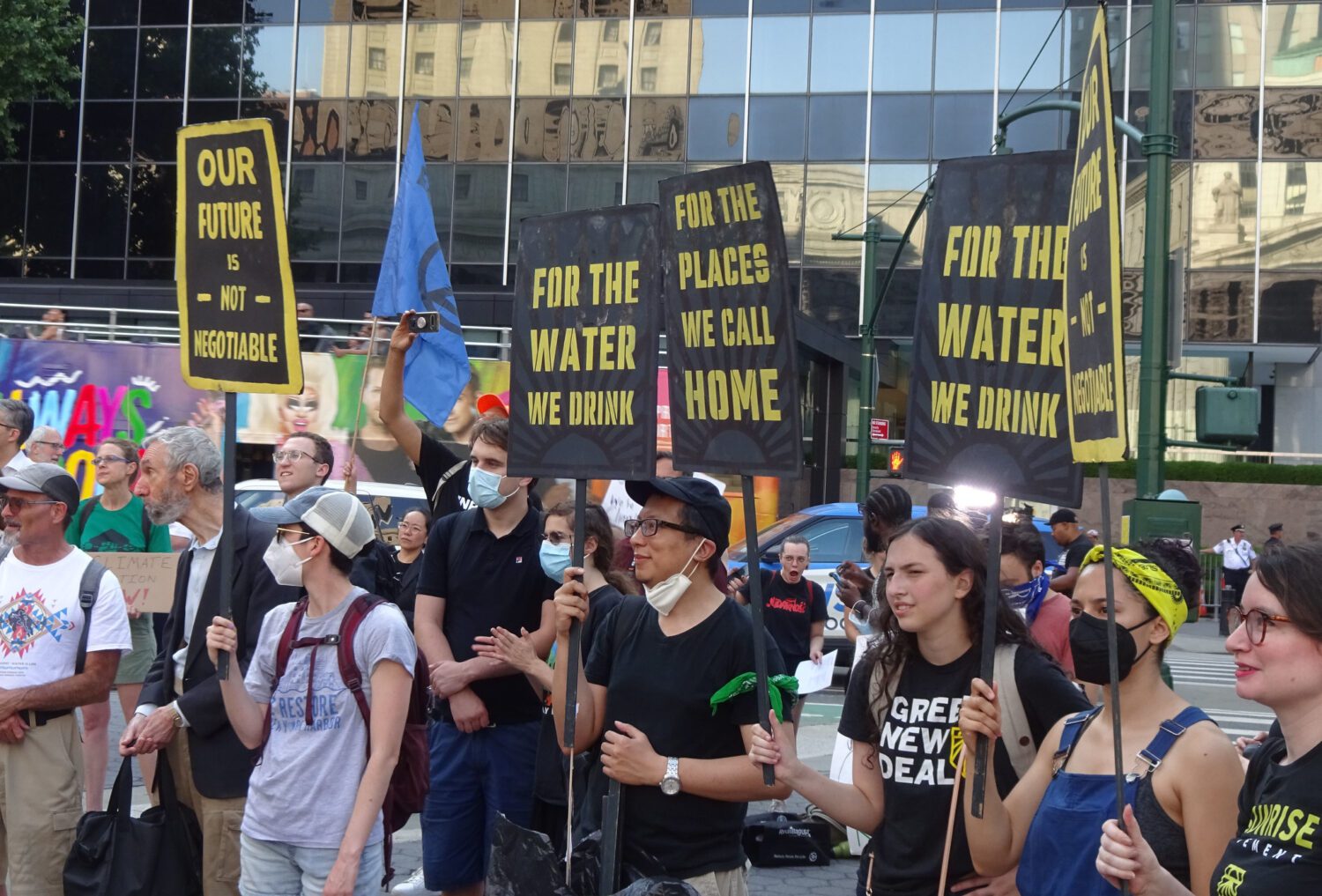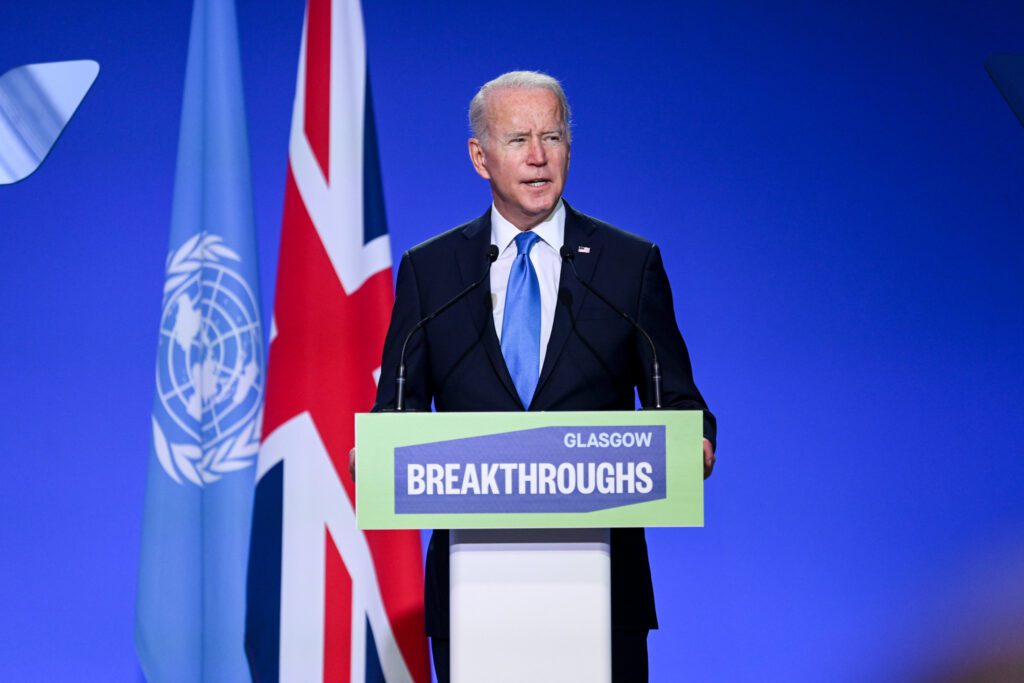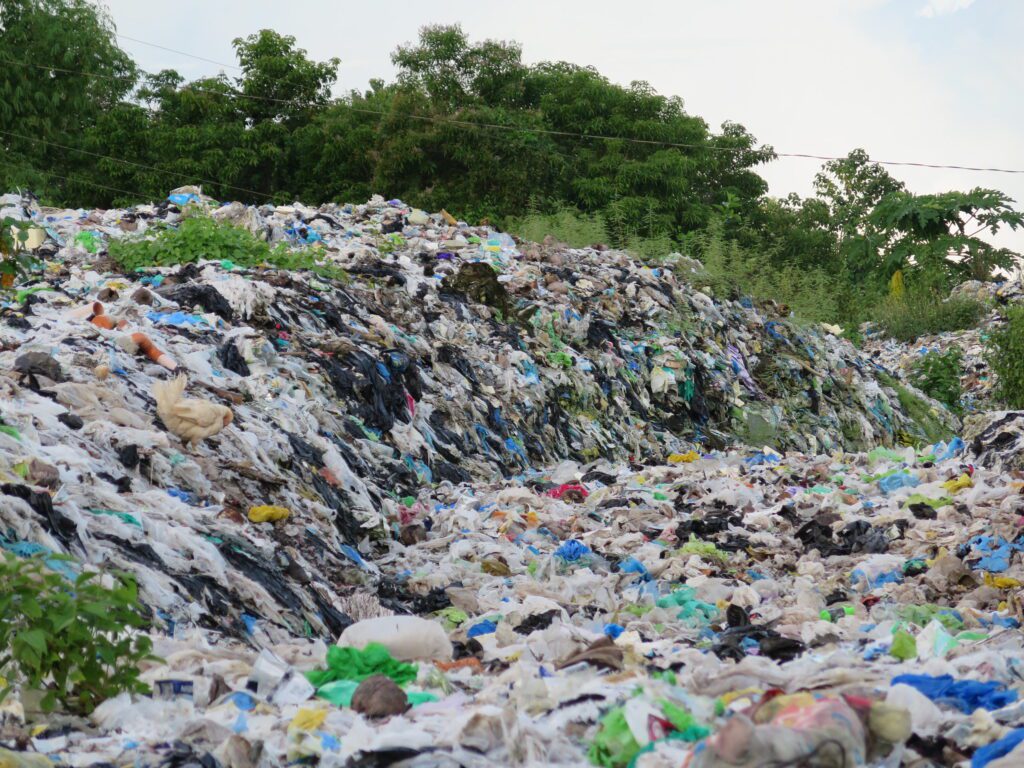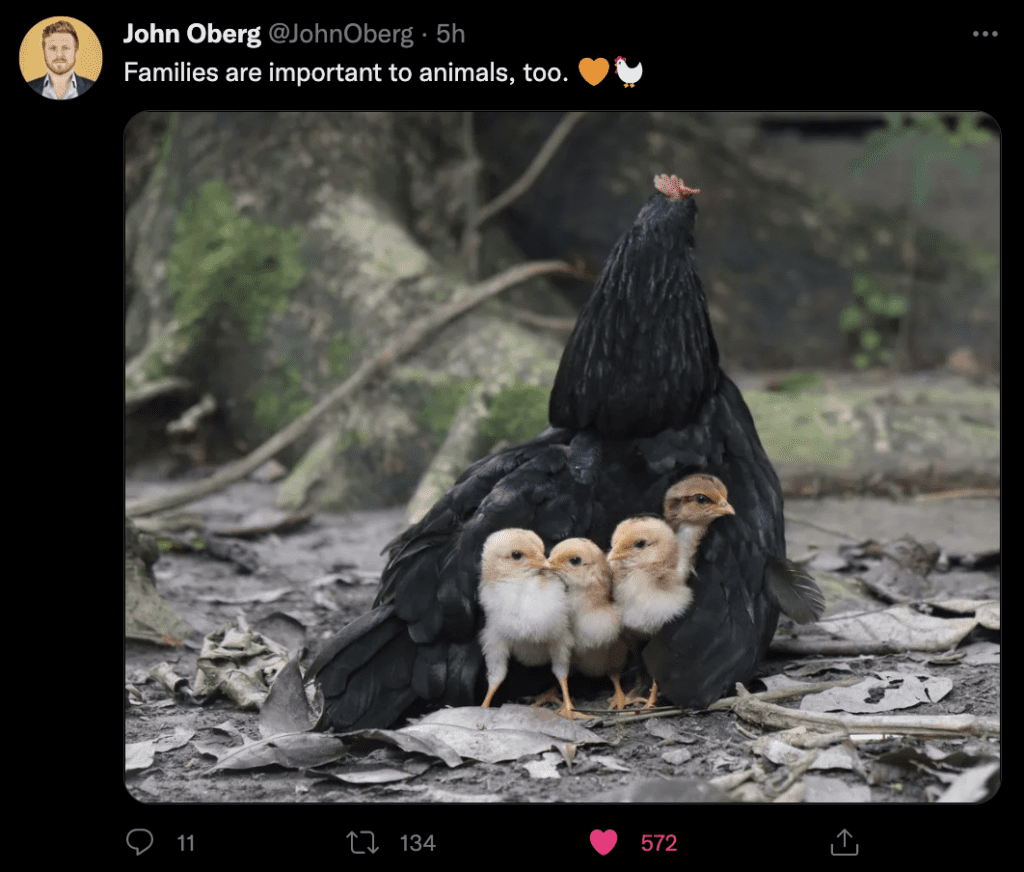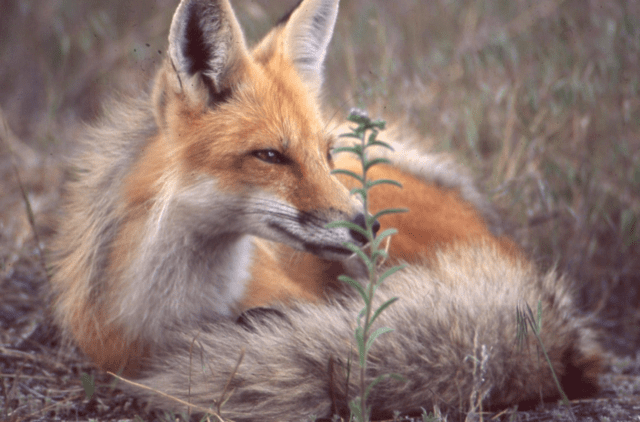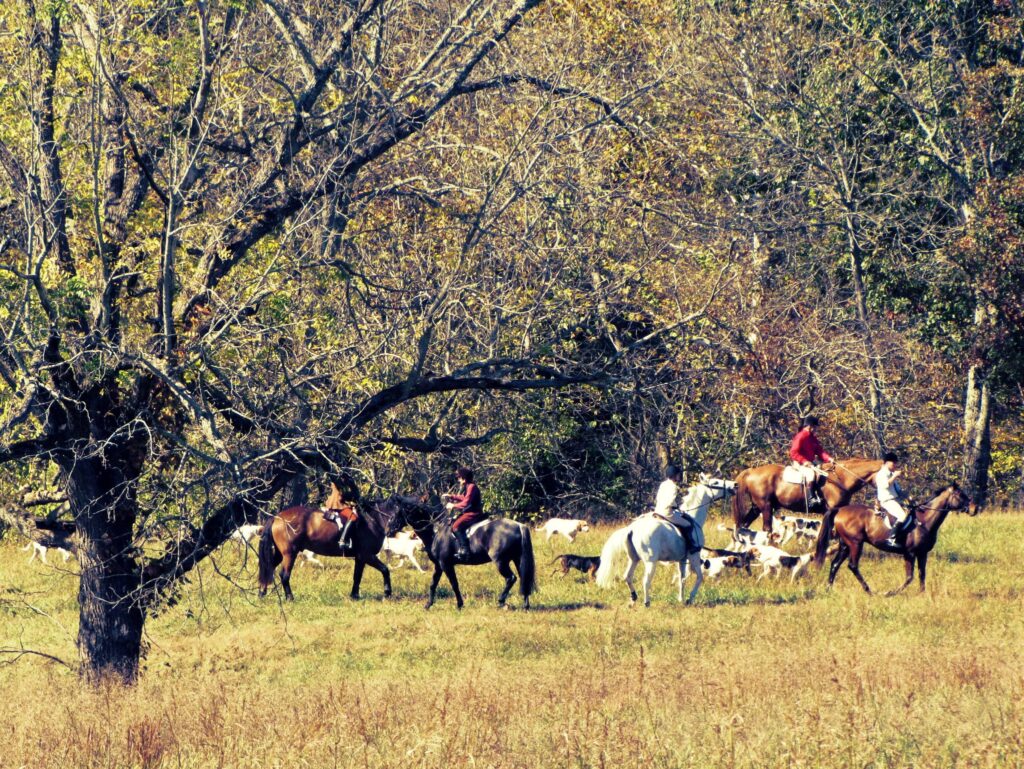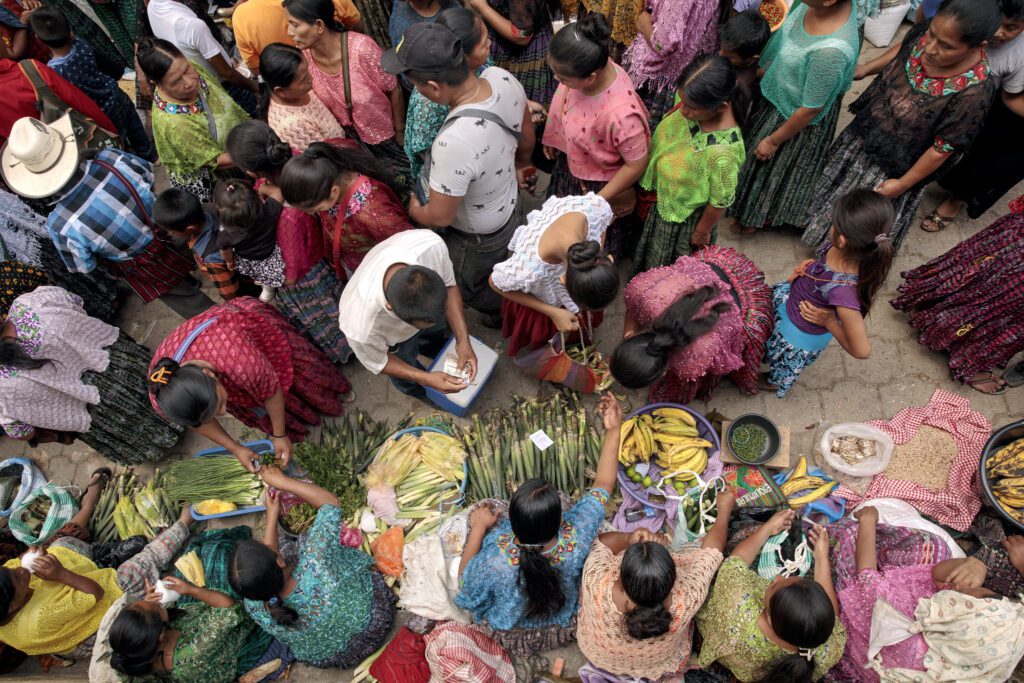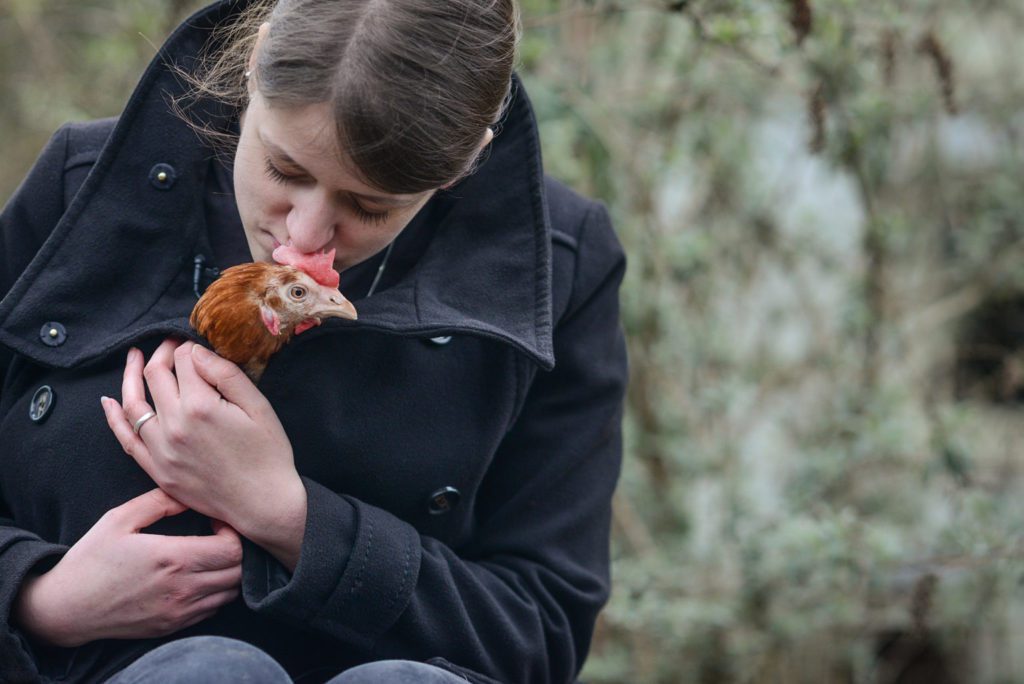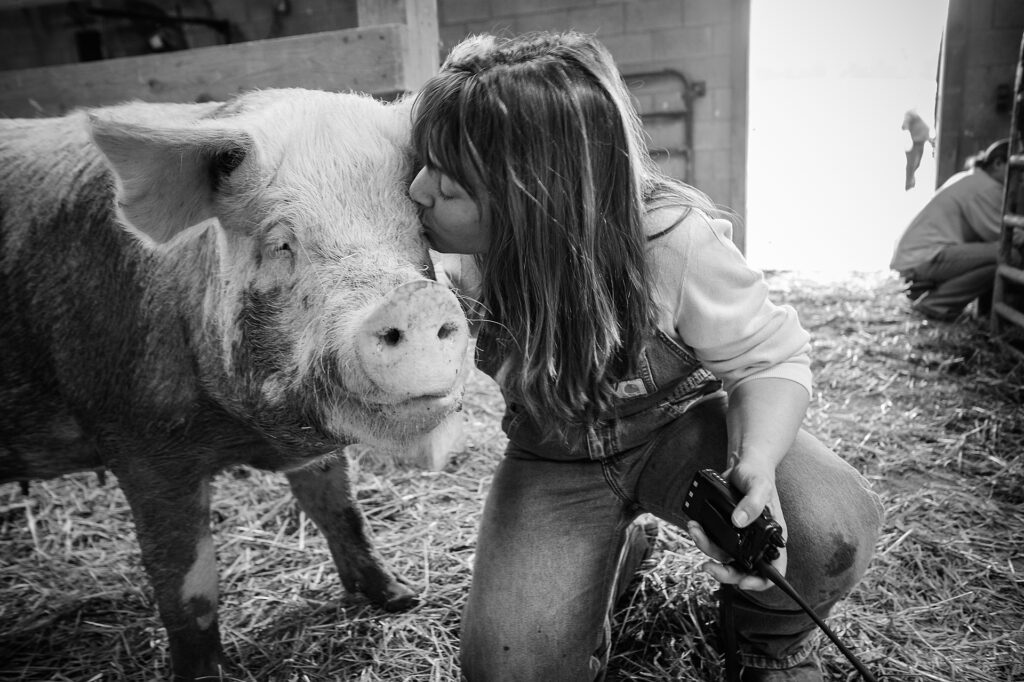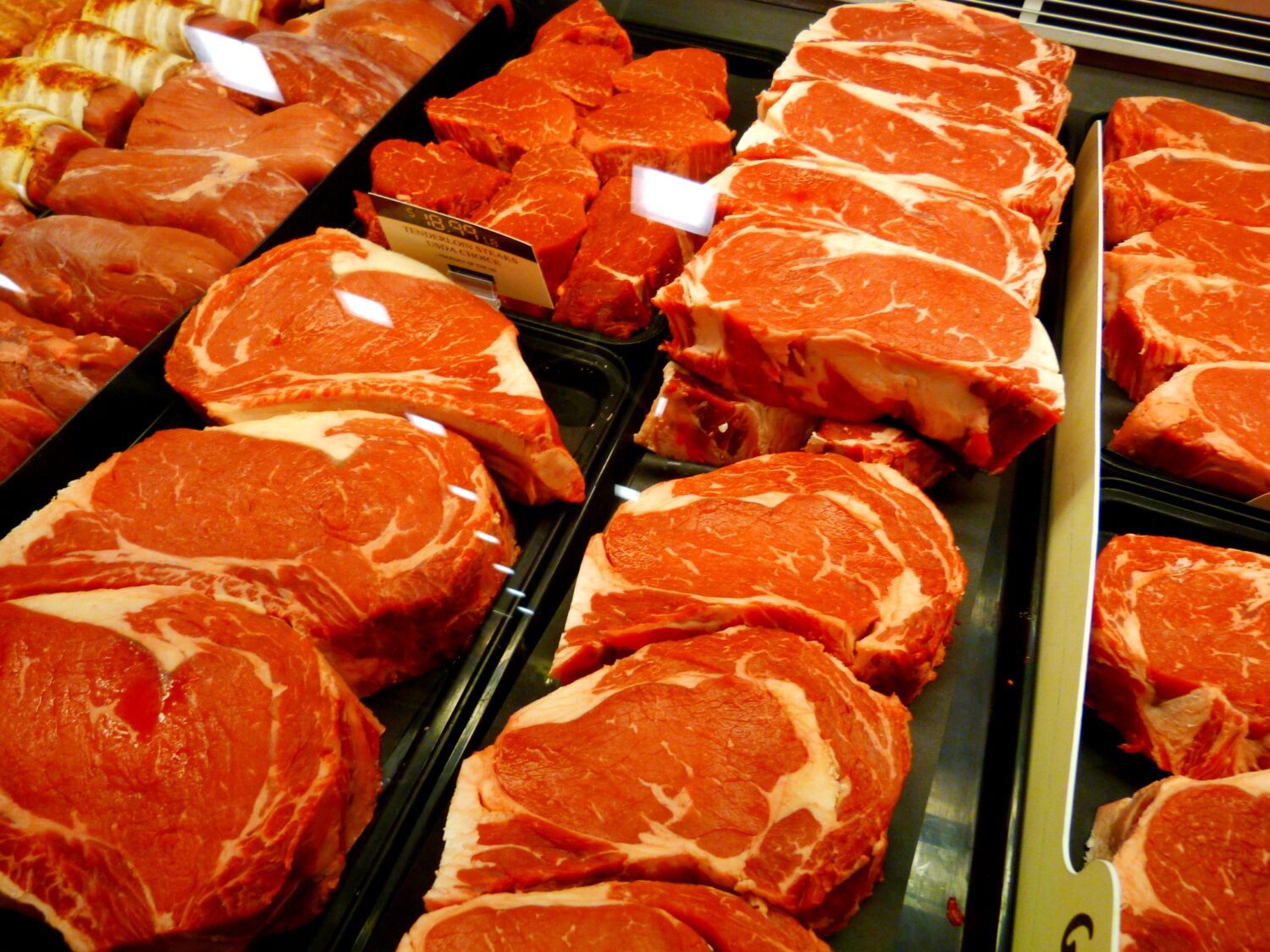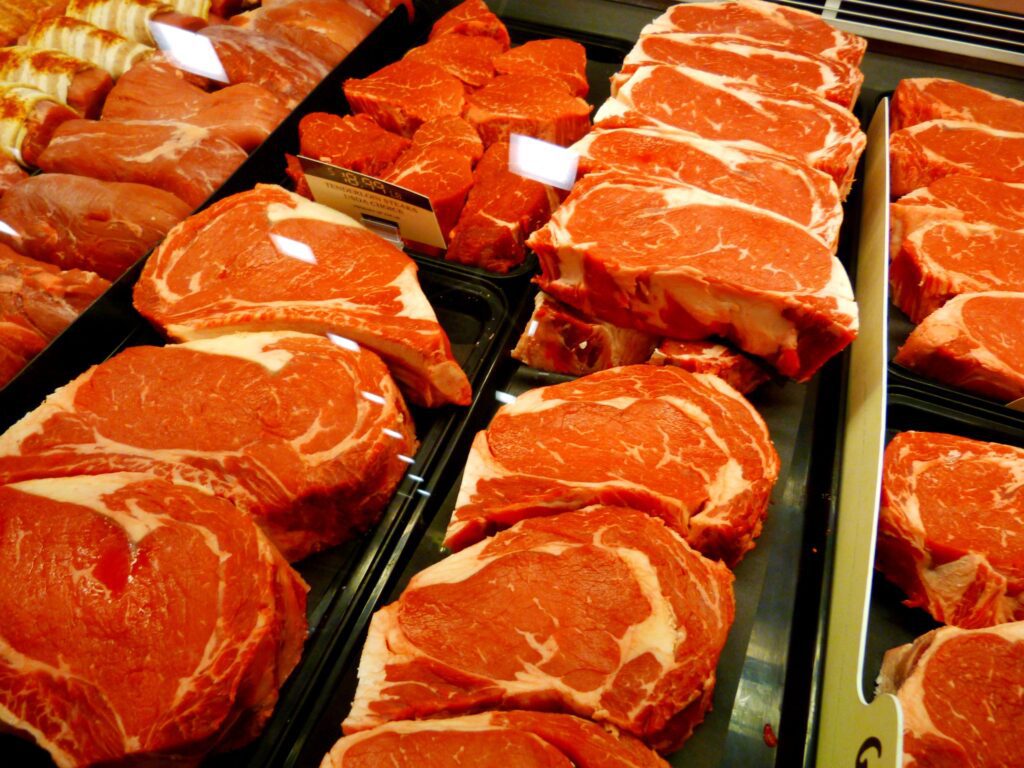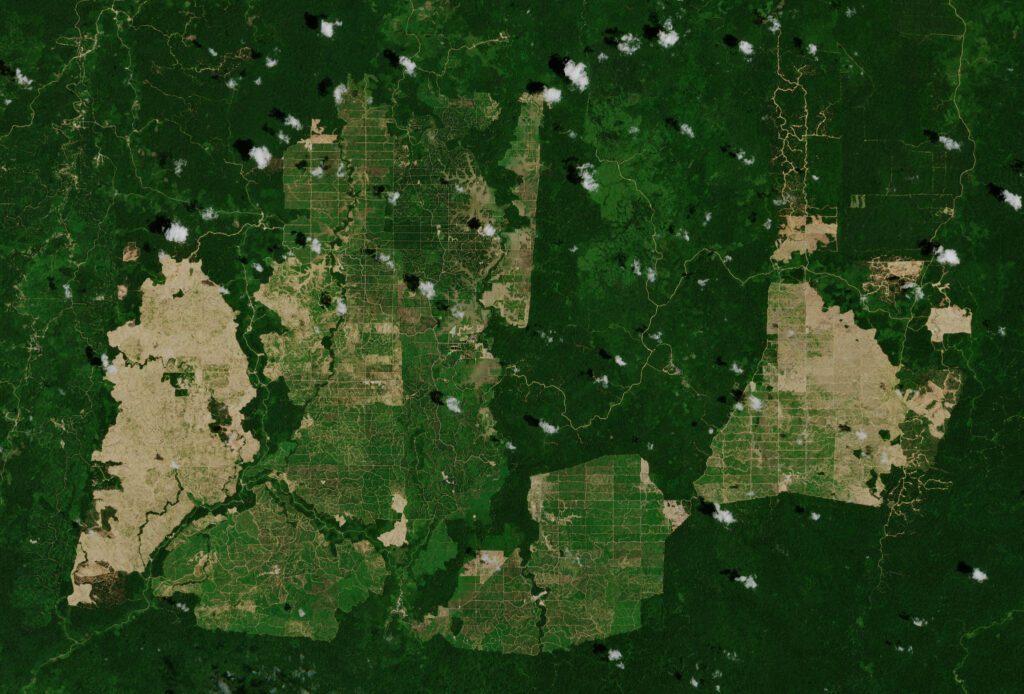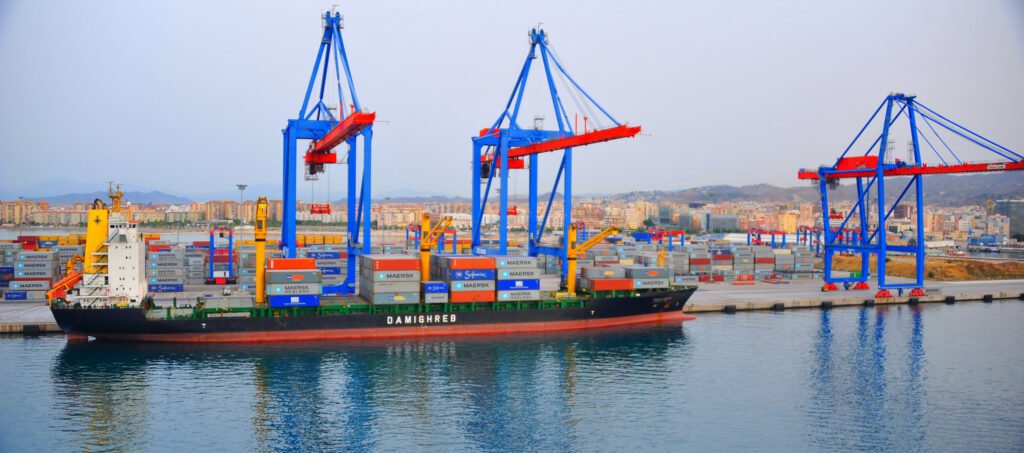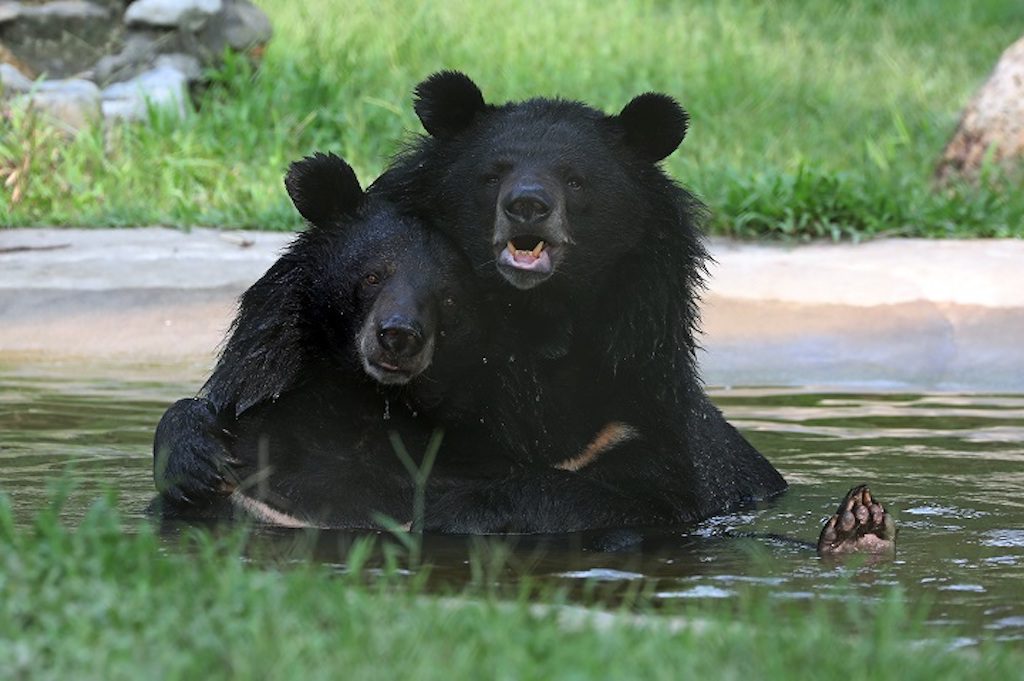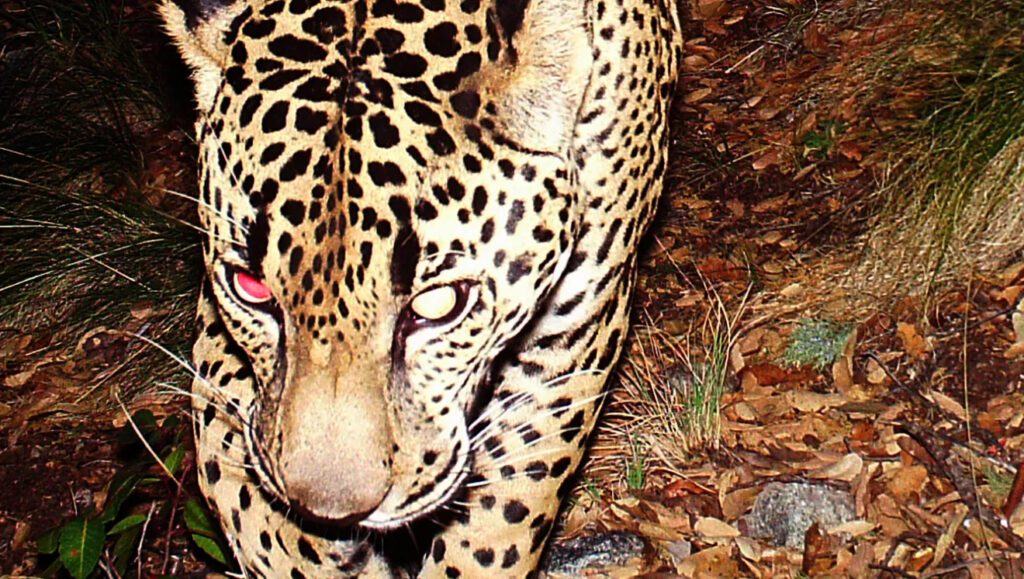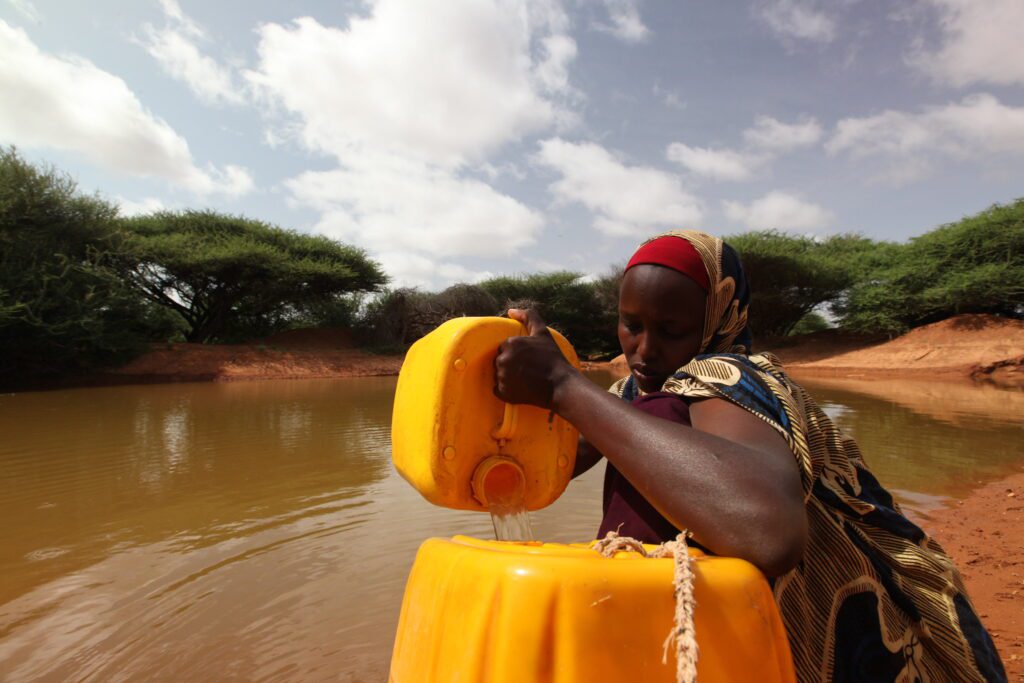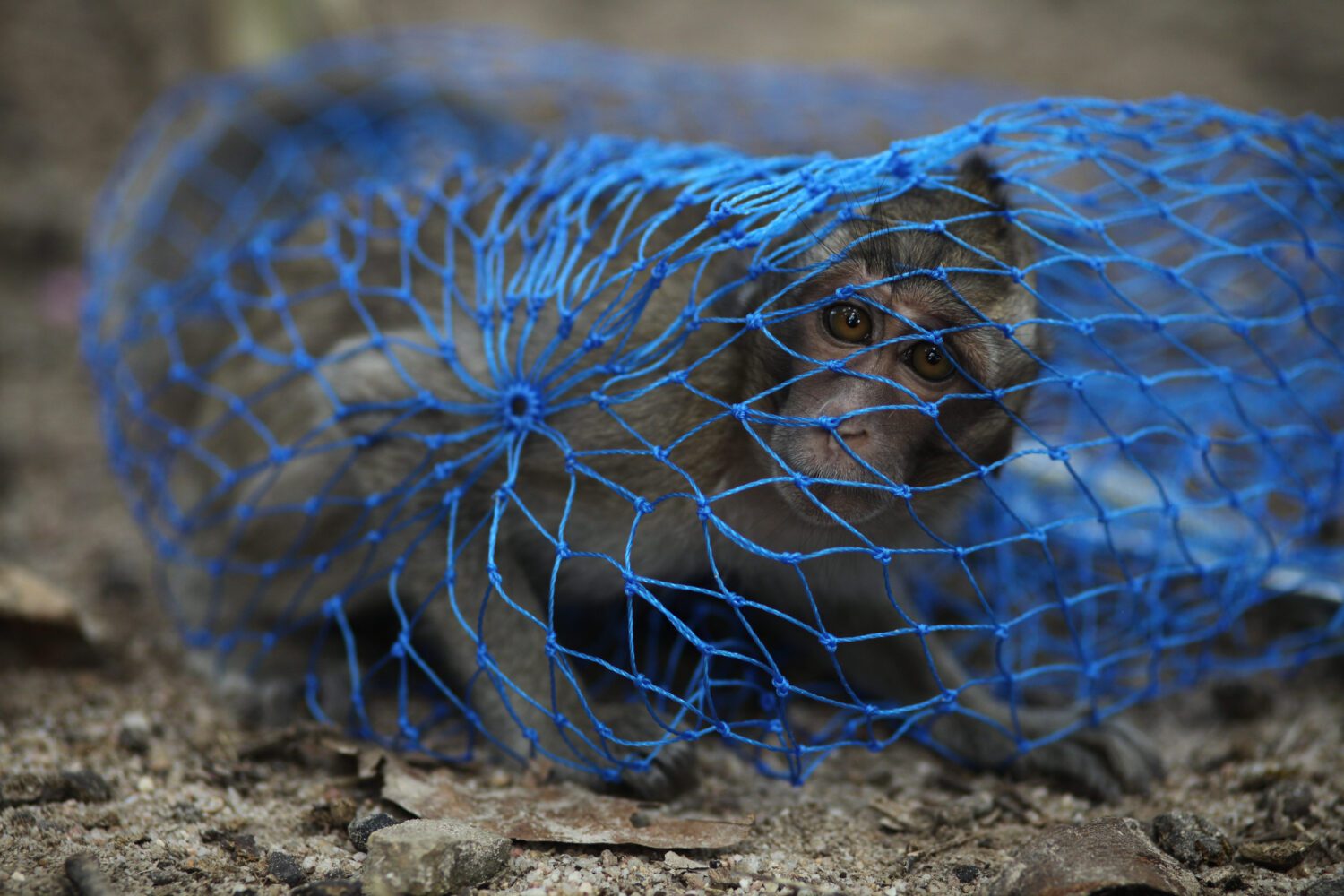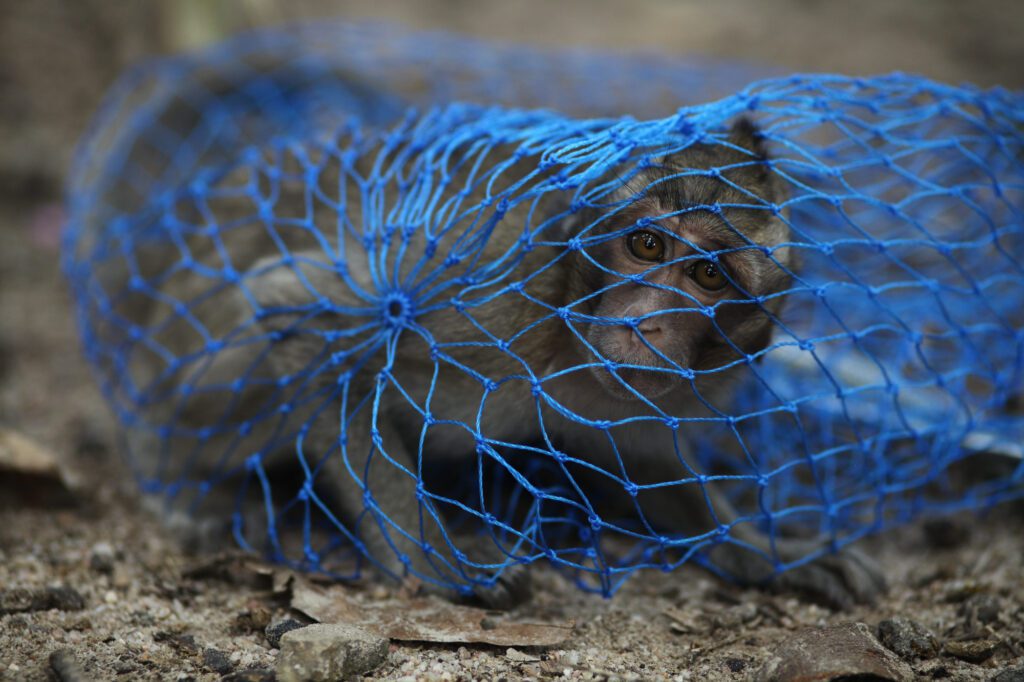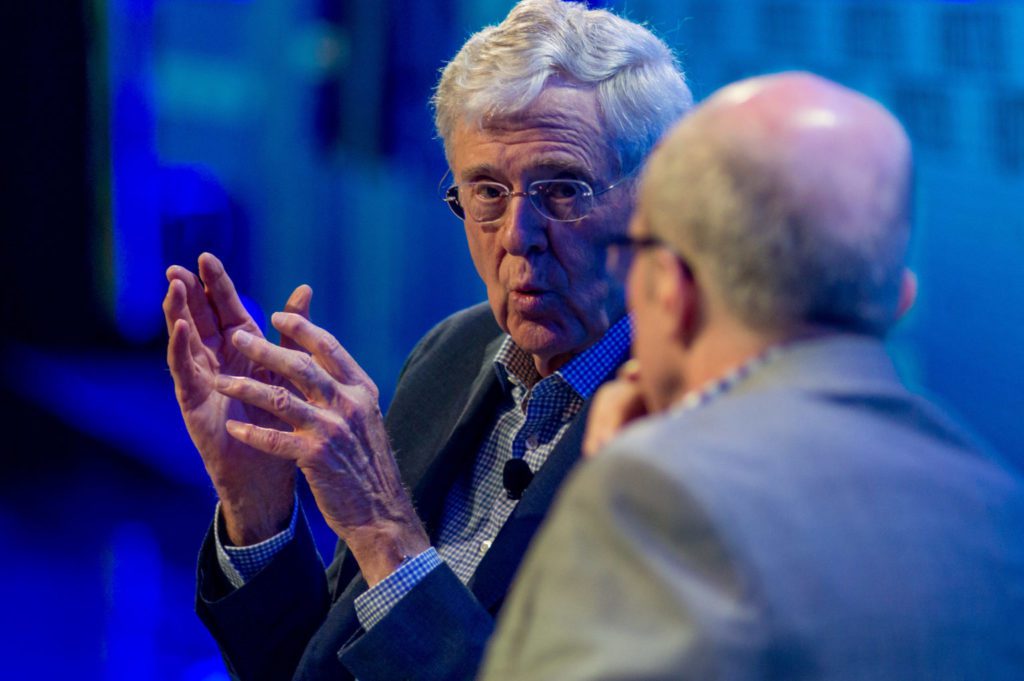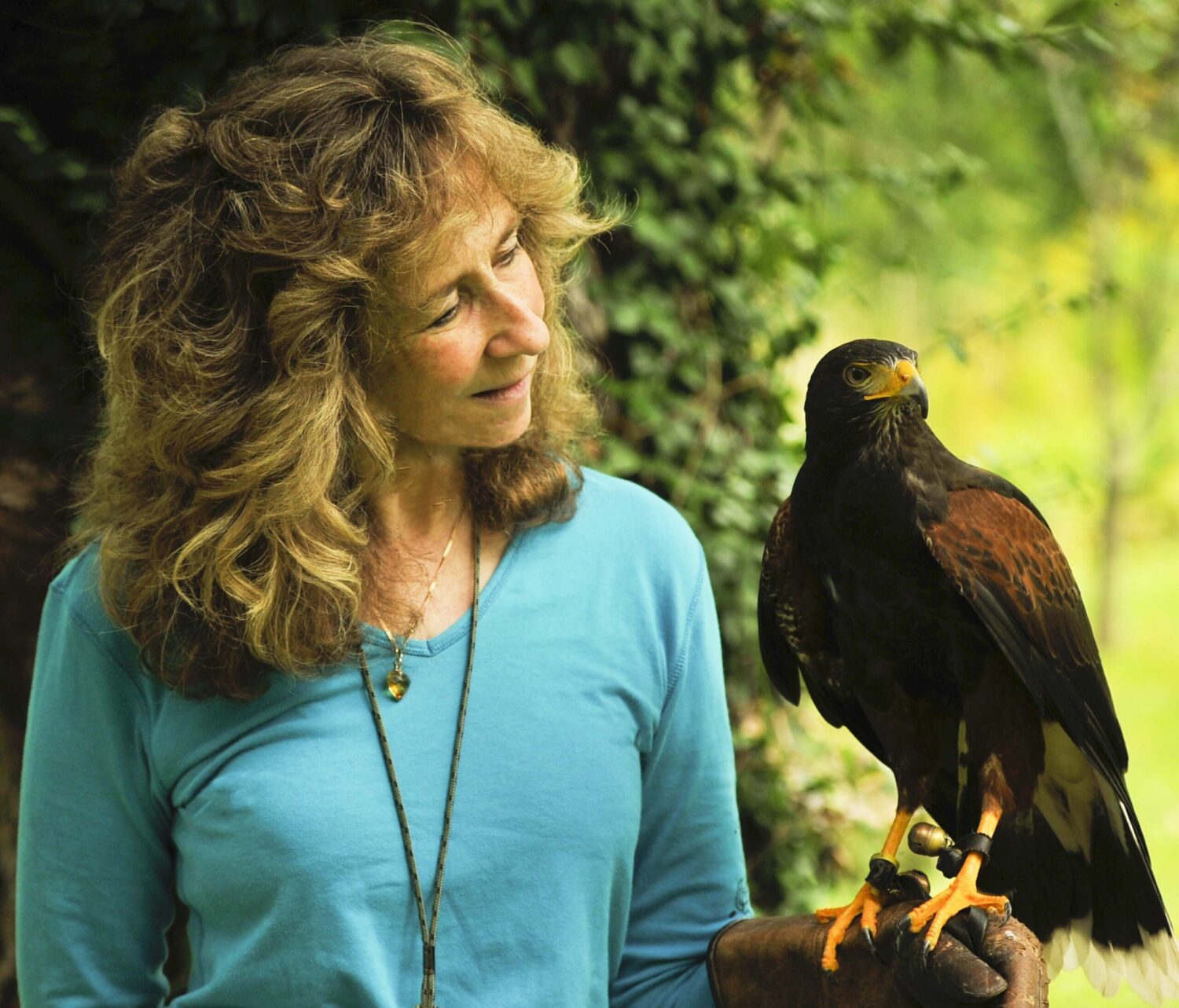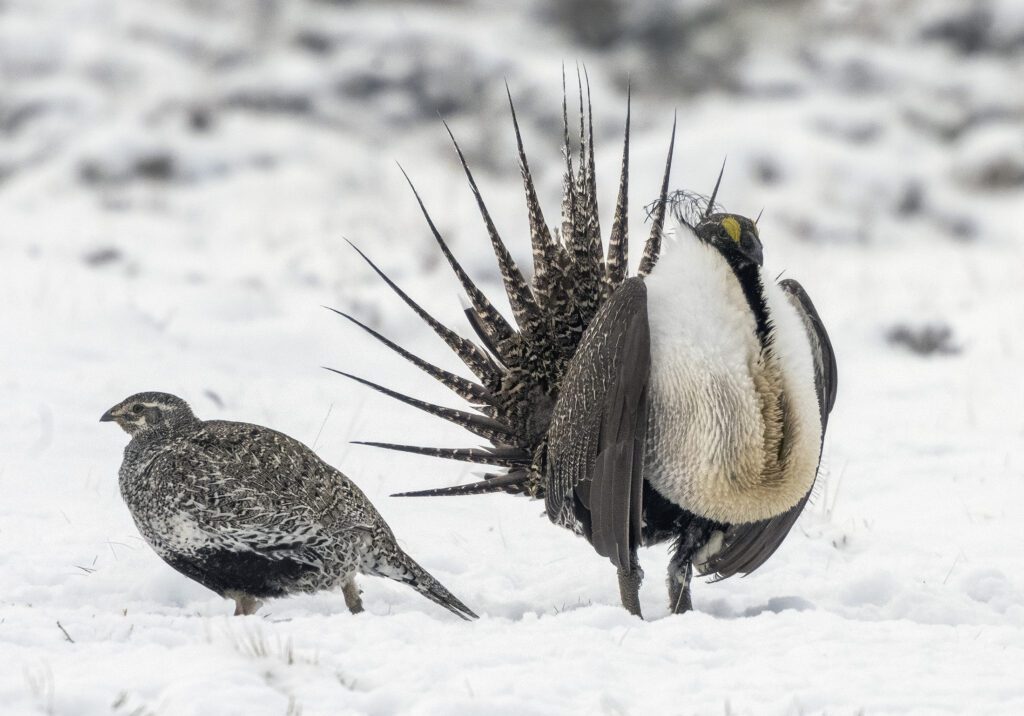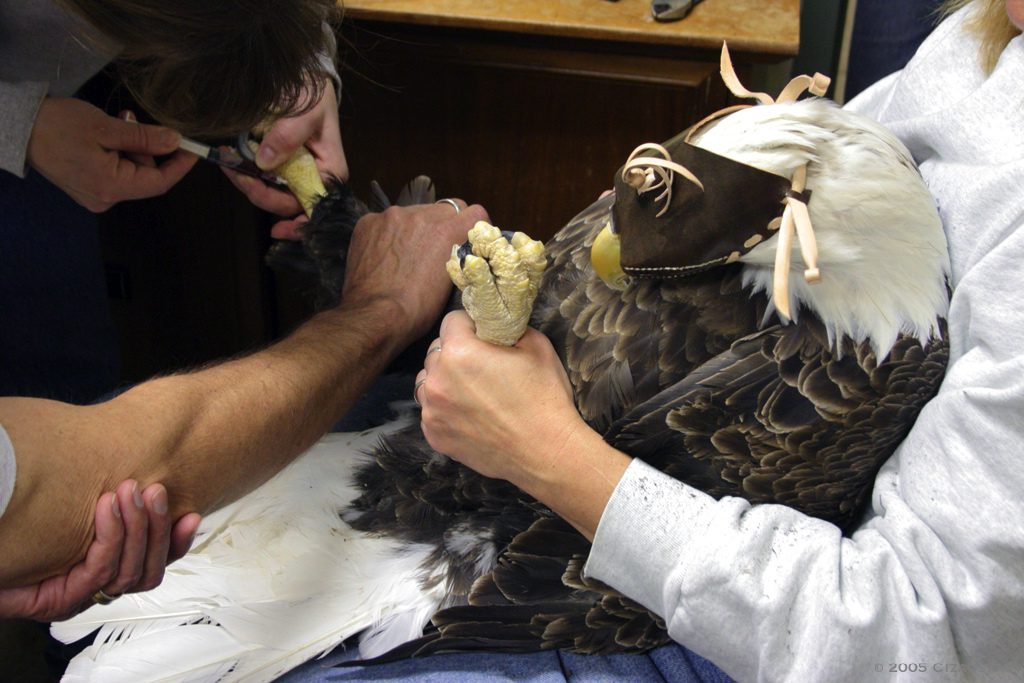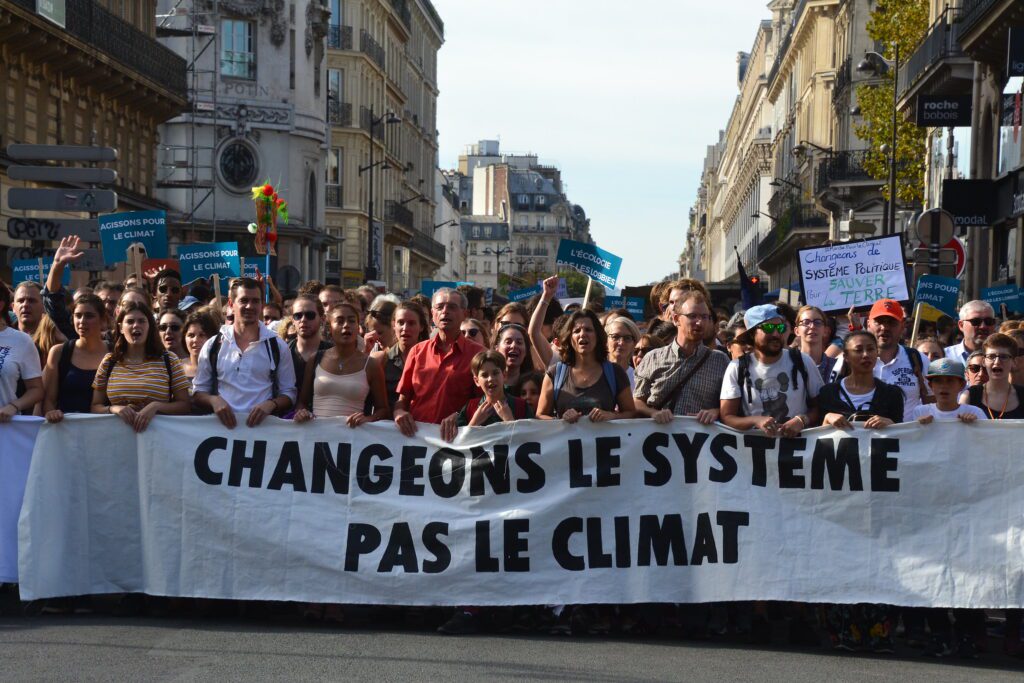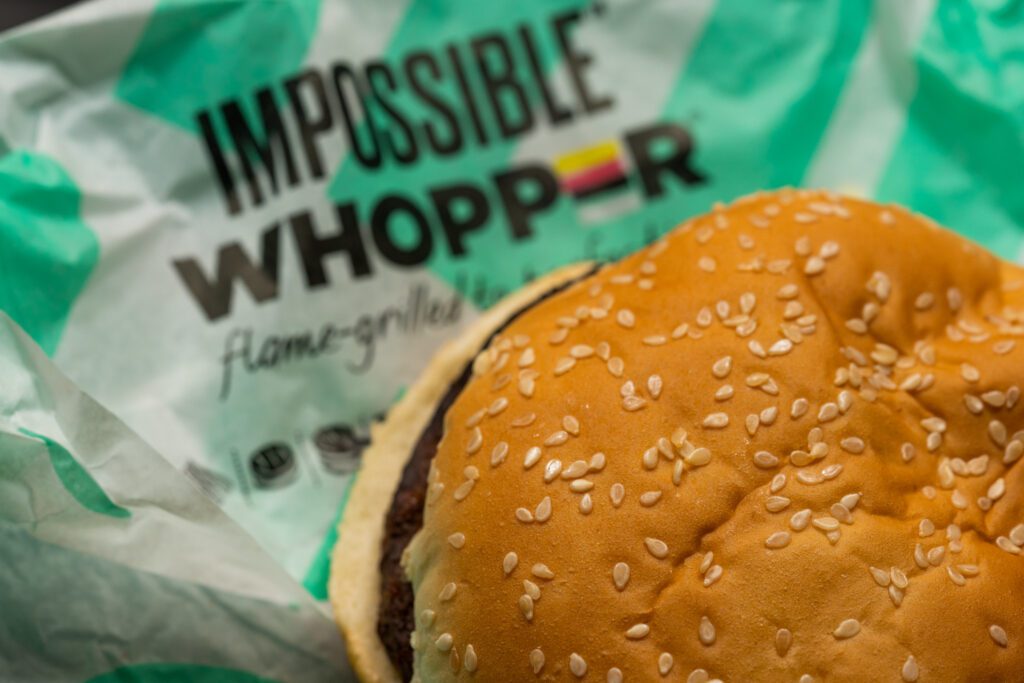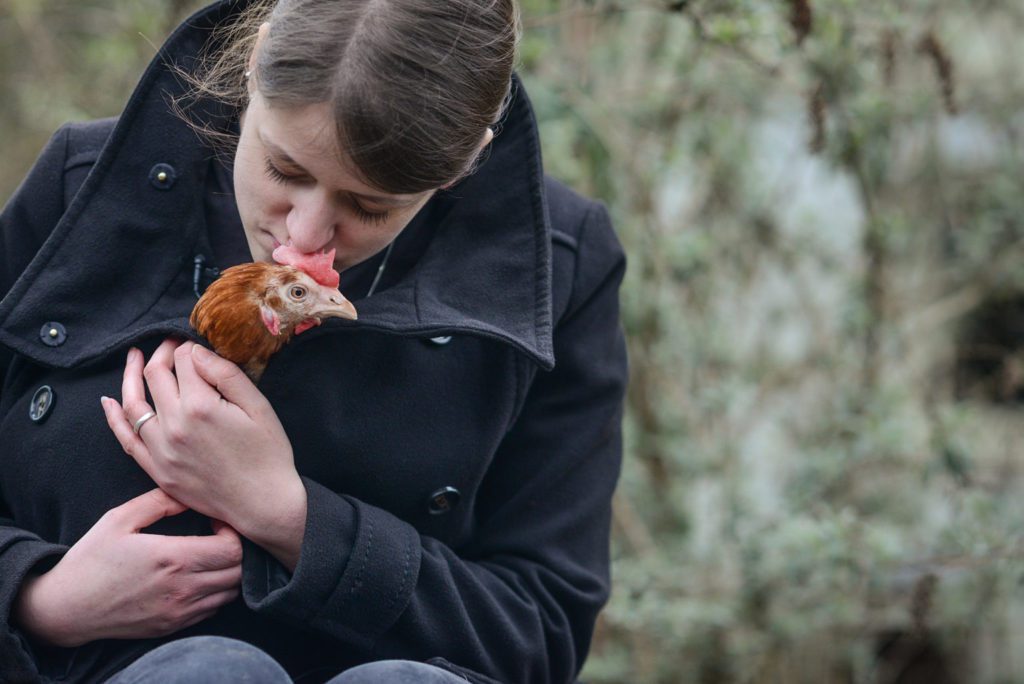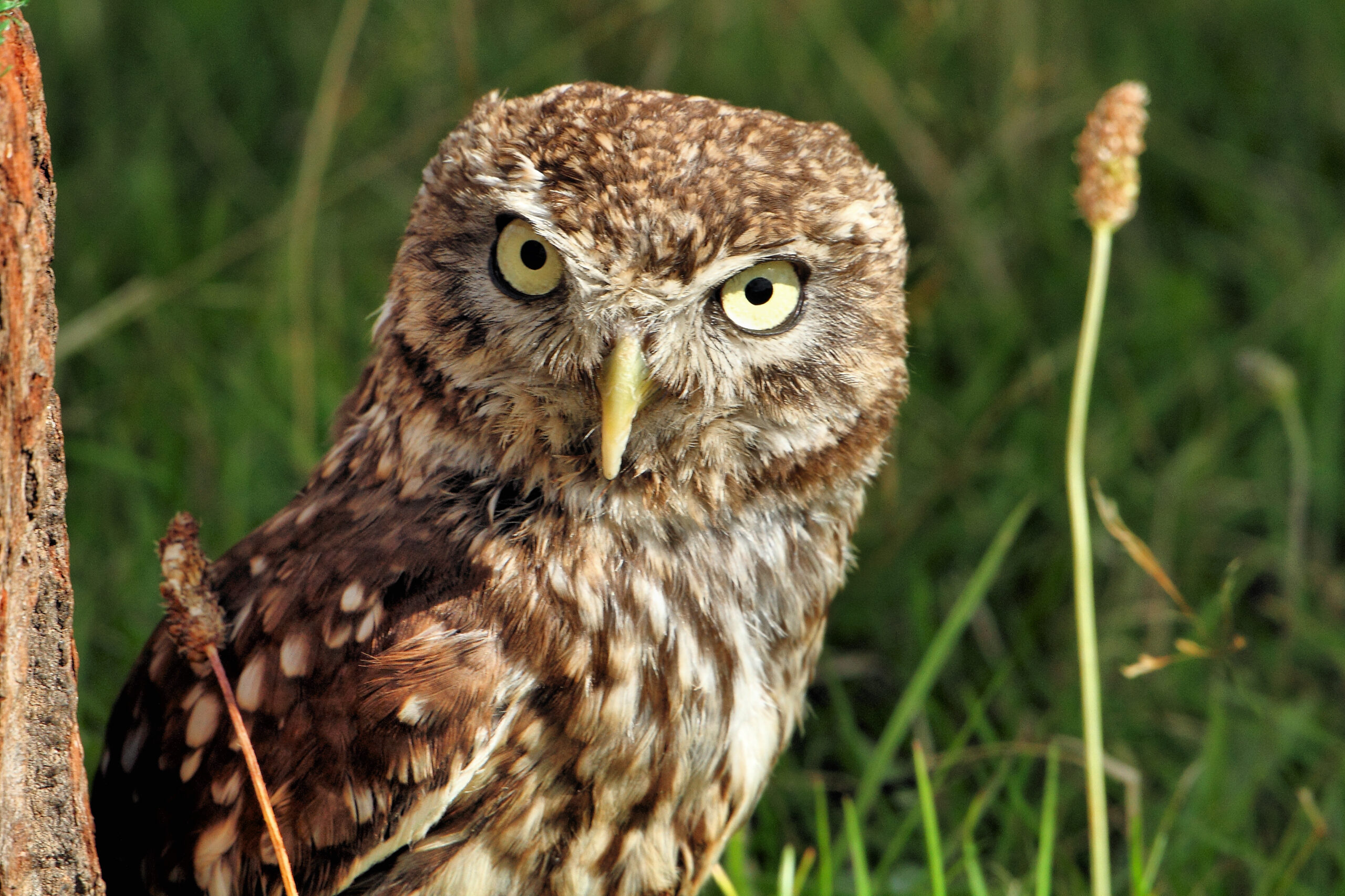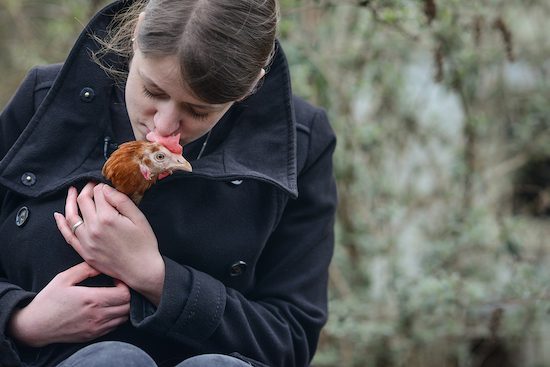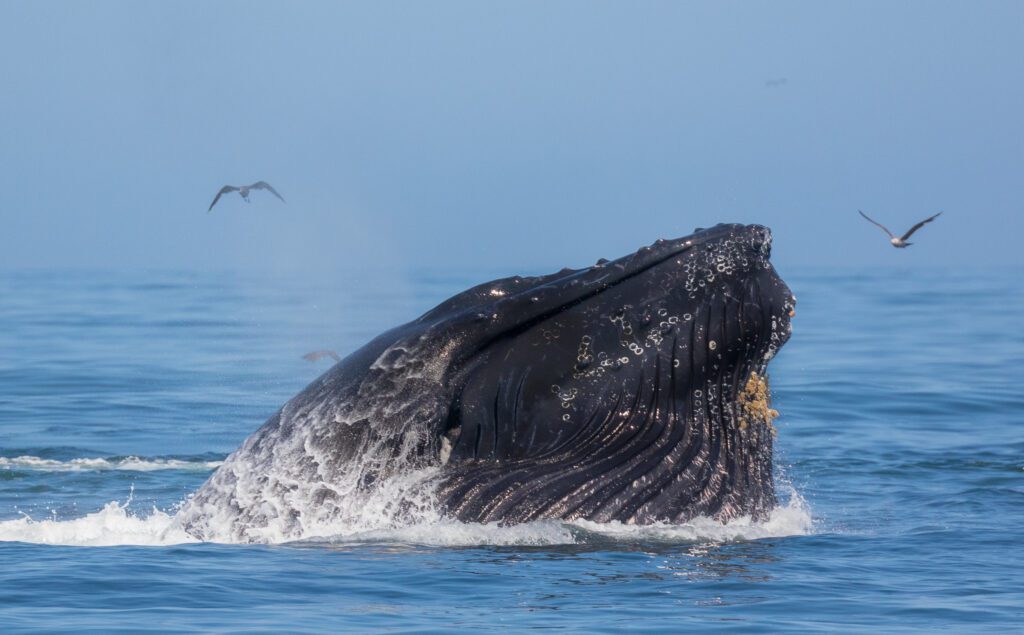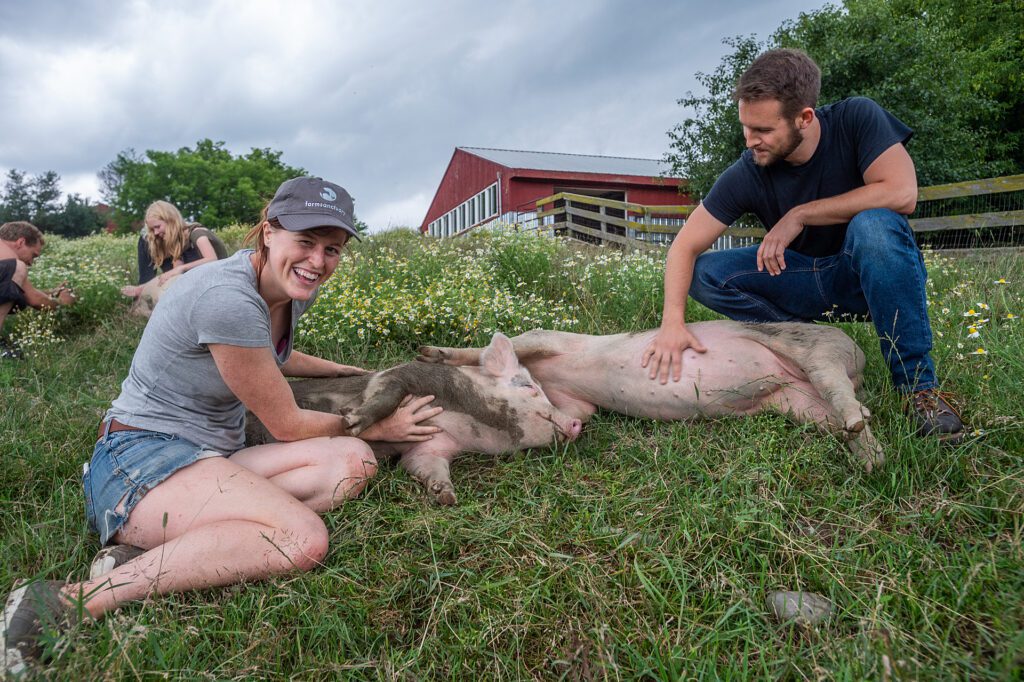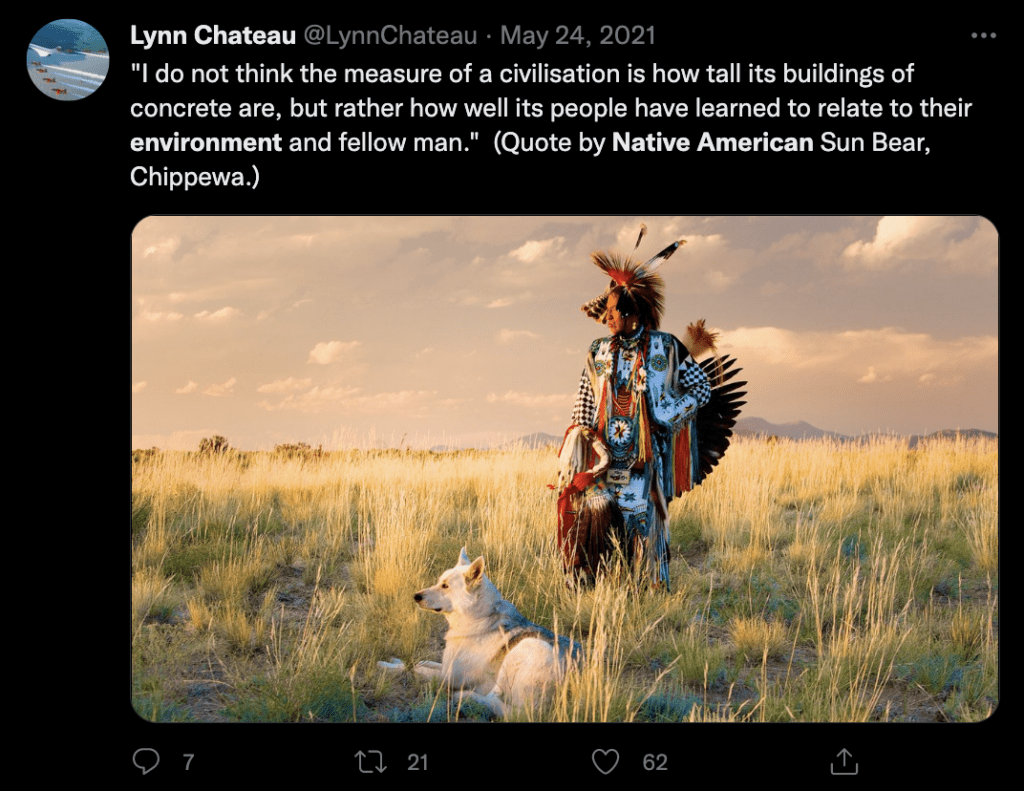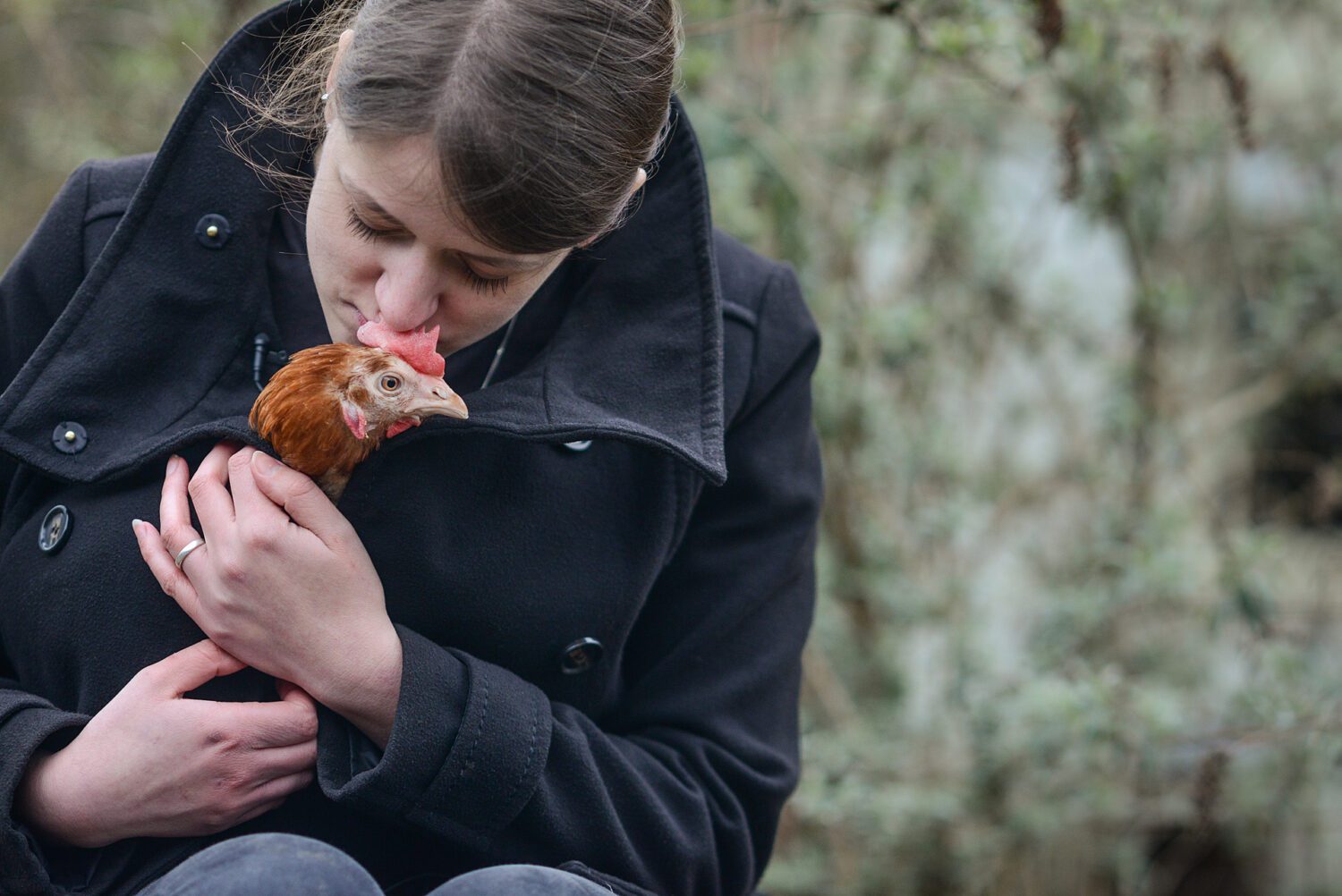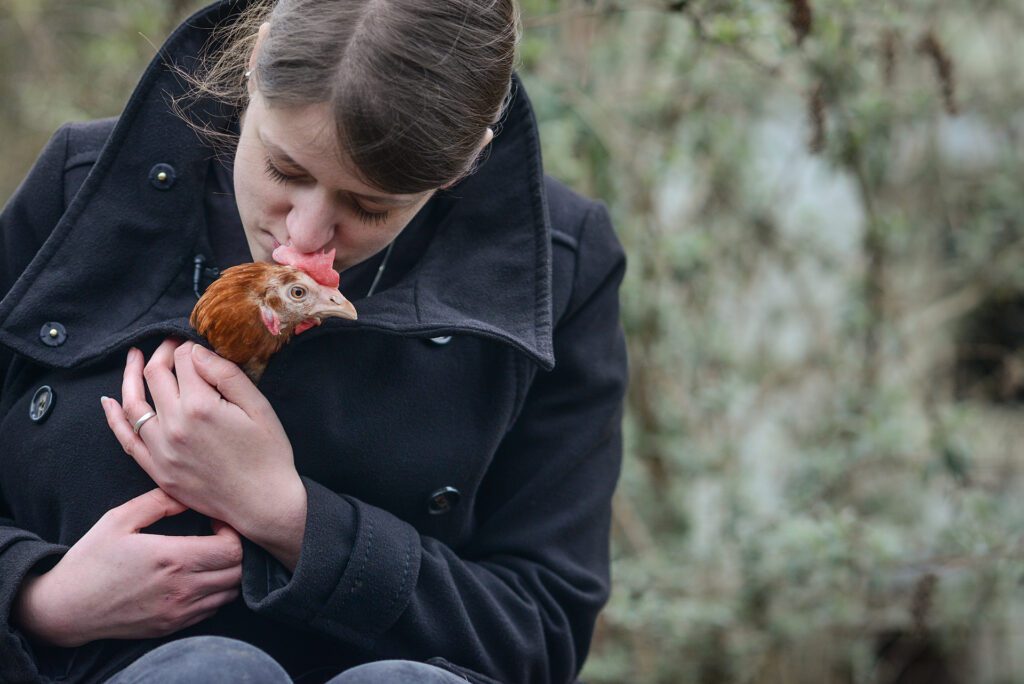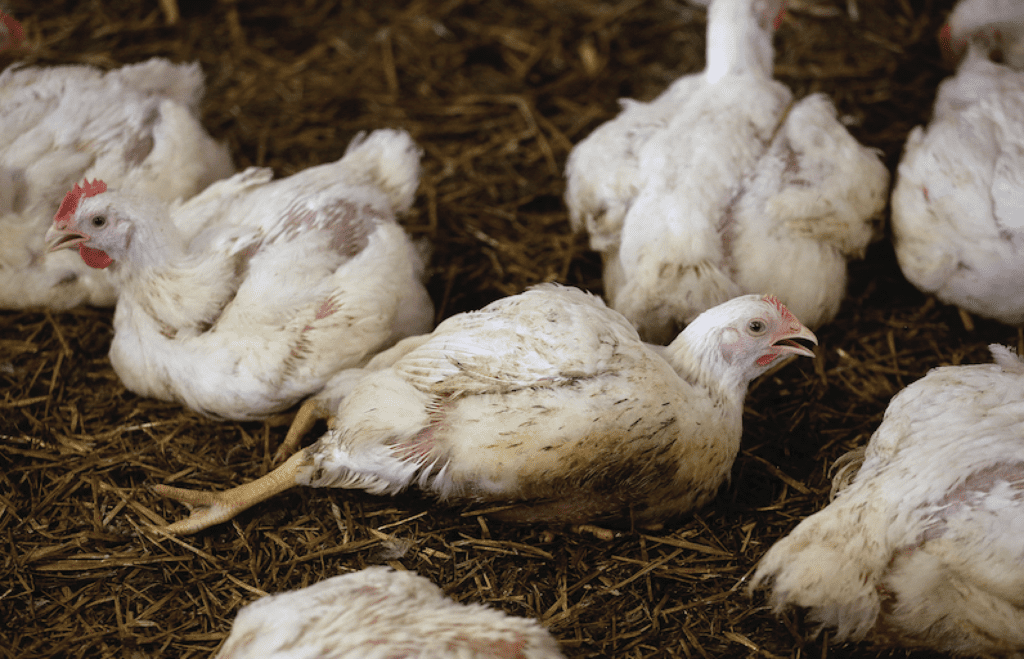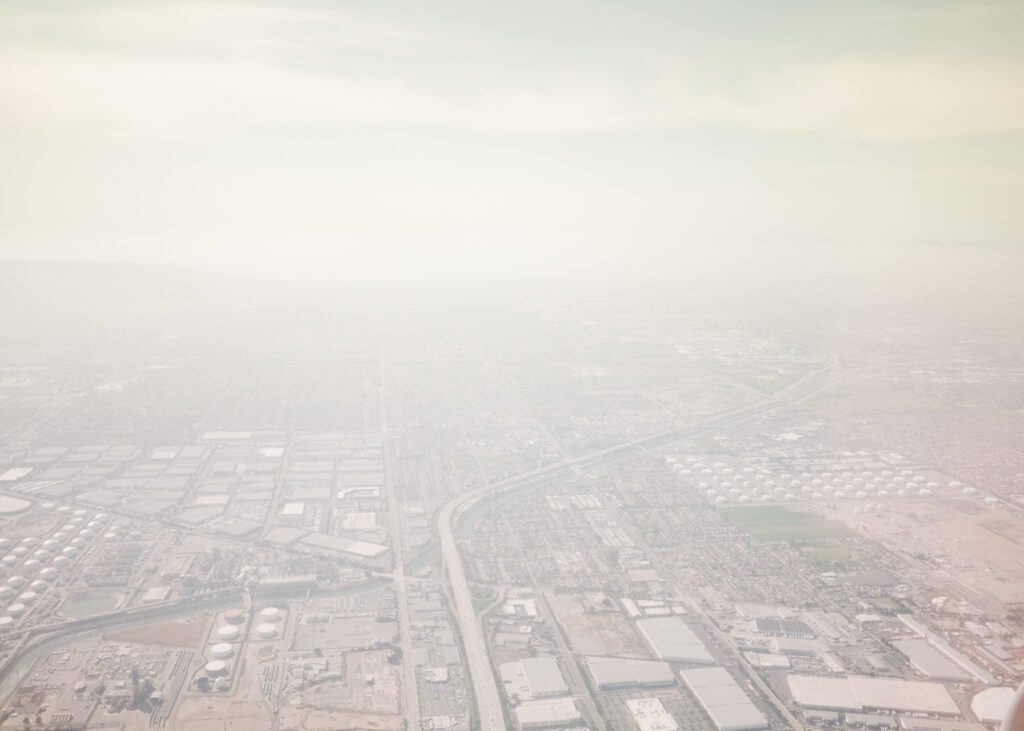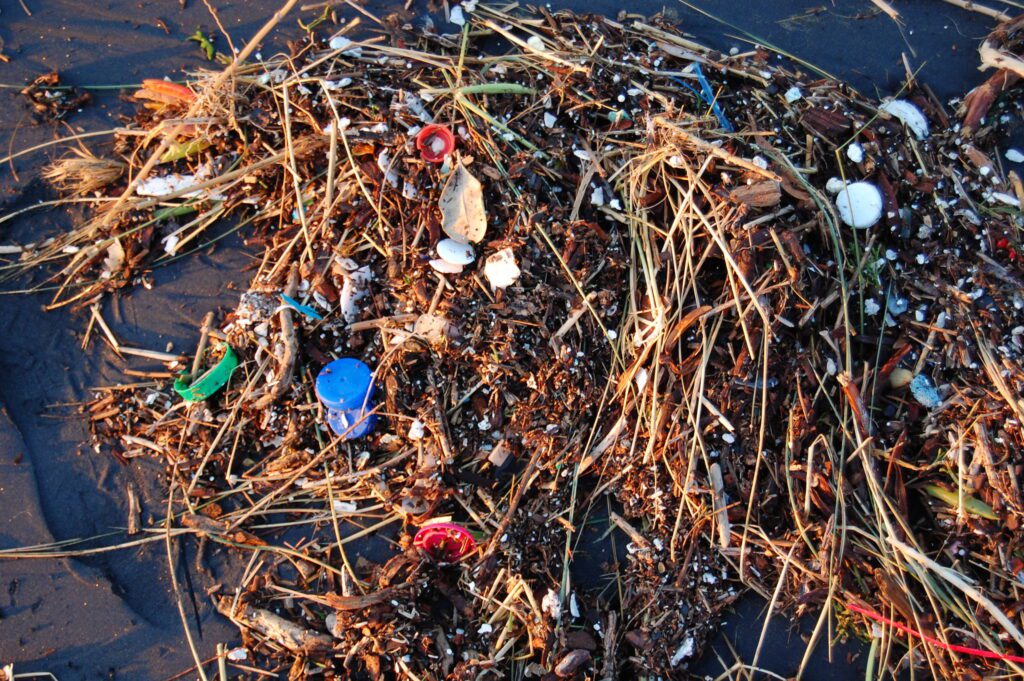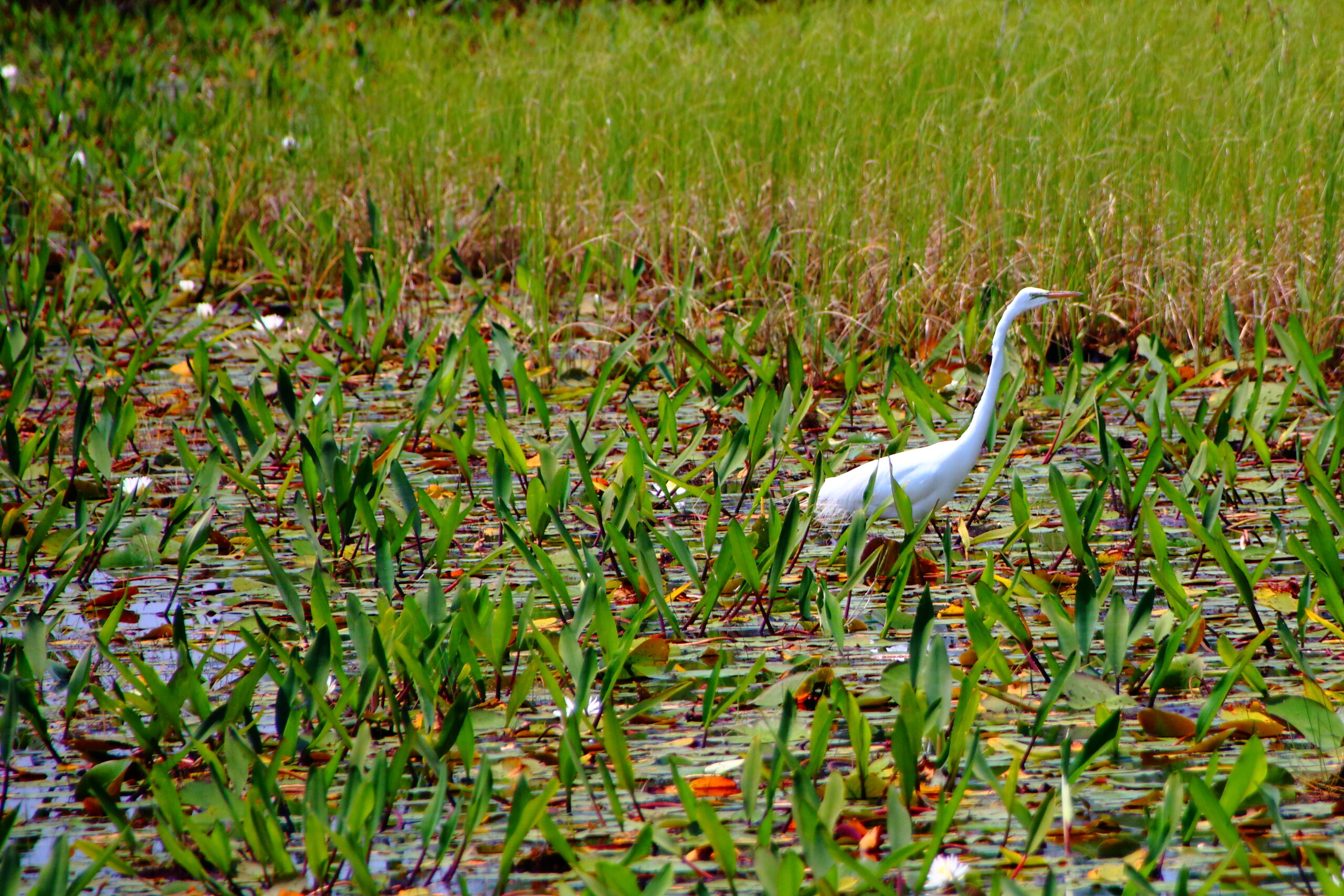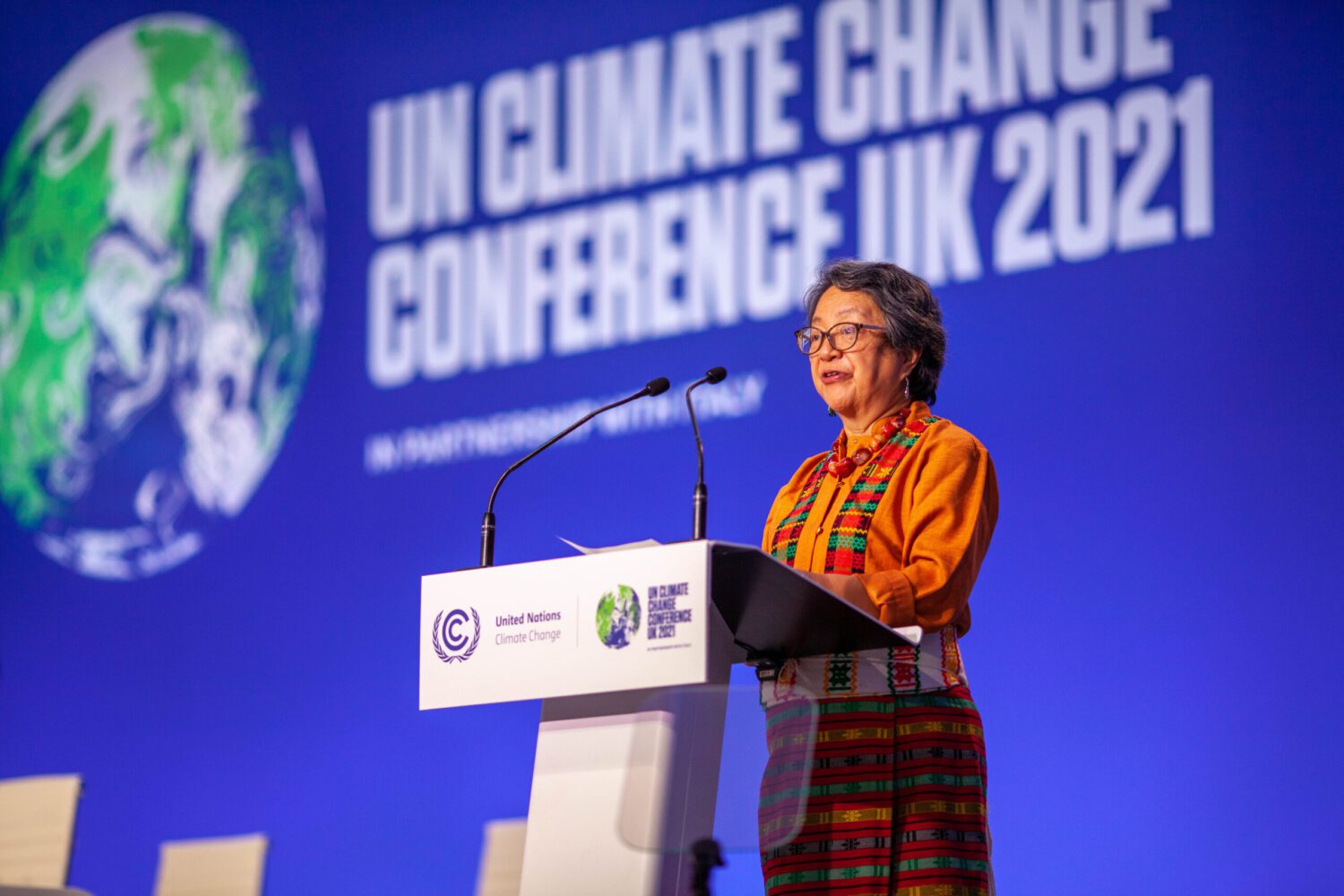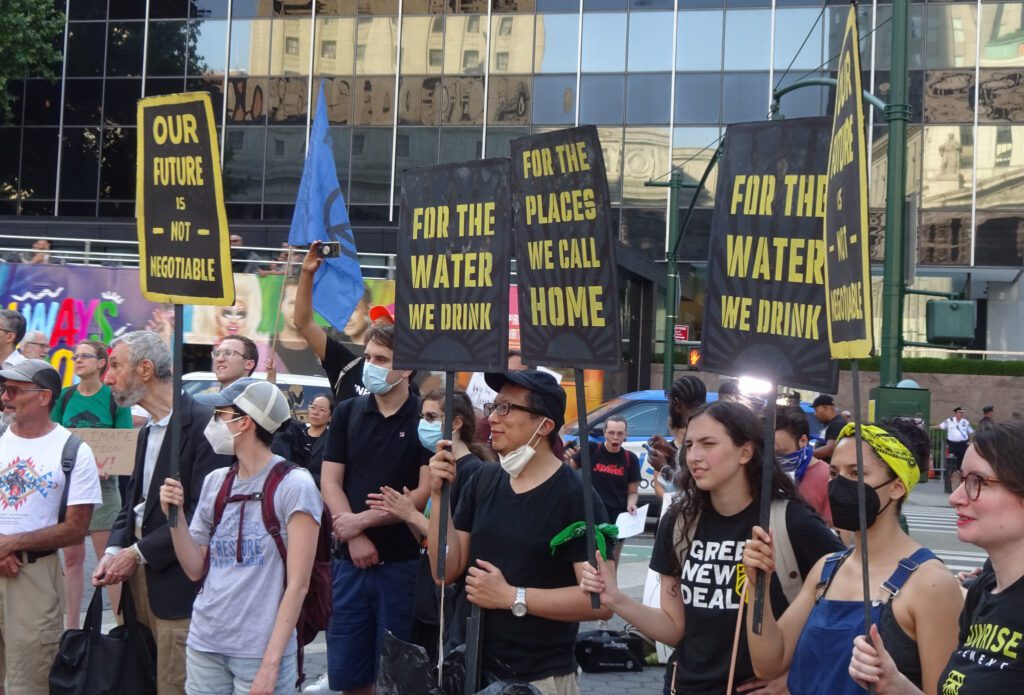


Trump’s impact on the EPA reveals the frightening power of a corrupt president.
By Gregg Barak, Independent Media Institute
6 min read
This excerpt is adapted from “Criminology on Trump” (Routledge, 2022) and was produced for the web by Earth | Food | Life (a project of the Independent Media Institute).
Grasping the enormity, the breadth, and the depth of “Trump corruption” is rather astonishing. Most news junkies and politicos alike are quite familiar with the in-your-face looting, skimming, and self-dealing of the president and his family members. Beyond the family corruption, there is a much larger world of Trump corruption. A “sliminess perpetuated by literally thousands of presidential appointees from Cabinet officials to obscure functionaries,” as reporter Jim Lardner put it in his article for the American Prospect. It is certainly difficult to tabulate all the knaves, thieves, and corporate stooges as well as the nefarious schemes perpetrated.
The corruption infected many of the government bodies designed to protect the health and well-being of all Americans, including the Environmental Protection Agency (EPA), in ways that we haven’t fully reckoned with.
Former President Donald Trump’s first Environmental Protection Agency administrator was one of his most controversial appointments to a cabinet-level position. This appointment, in particular, embodied the White House’s broad support for the fossil fuel industry and disdain for climate science. Prior to his appointment, Scott Pruitt had made a career—as Oklahoma’s attorney general—of attacking the very federal agency that he would someday run. As an outspoken skeptic of climate change caused by greenhouse gas emissions, Pruitt, along with other Republican attorney generals, led the charge and, as Rebecca Hersher and Brett Neely reported for NPR in 2018, “sued the EPA to stop ozone and methane emissions rules and block regulations on coal-fired power plants.” Of course, it was not Pruitt’s anti-environmental policies that brought about his abrupt departure after 18 months in office: That was why he was hired in the first place.
Pruitt was fired (“resigned”) because of his garden-variety corruption and lavish spending on his expenses, office and travel. He also had the habit of mixing his personal and his professional lives, which led to more than a dozen investigations by the Office of the Inspector General. For example, Pruitt spent more than $124,000 on unjustified first-class air travel and $43,000 on a soundproof phone booth. He used EPA staff to land a job for his wife, rented a condominium apartment on Capitol Hill at a bargain rate from a lobbyist’s wife, and had his security detail drive him around on personal errands. As the investigations piled up several of his close aides and EPA staffers exited the shop. After all the negative publicity, pressure mounted on Trump from the Congressional Republicans to oust Pruitt.
On Twitter, Trump announced on July 8, 2018, that he was accepting Pruitt’s resignation, noting: “Within the Agency Scott had done an outstanding job, and I will always be thankful to him for this.” Some of Pruitt’s “outstanding” work included his response to an initial study requested by his aides from EPA economists to reevaluate the effects of the Obama administration’s clean water rule. According to a 30-year veteran of the agency who left around the same time, when the study found more than a half-billion dollars in economic benefits, these economists “were ordered to say the benefits could not be quantified,” reported the American Prospect via their Mapping Corruption project, an extensively researched interactive dossier exposing the breadth of corruption in the Trump administration. Similarly, after “a scientific advisory board questioned the basis for a proposed rewrite of the Obama administration rules on waterways and vehicle tailpipe emissions, more than a quarter of the panel members were dismissed or resigned, many of them being replaced by scientists with industry ties.”
Under Pruitt’s EPA, more generally, the agency moved to limit the use of scientific research. They excluded numerous studies that relied on confidential personal health data. Meanwhile, vacancies were left unfilled, especially in the areas of air pollution and toxic research. The Trump EPA did not miss a beat with its anti-environmental and anti-species agenda when Andrew Wheeler became the next administrator. For example, as a former coal lobbyist whose top client was Murray Energy and whose CEO was a major backer of Trump and a climate change denier, Wheeler ordered the EPA in June 2019 to terminate its funding to 13 health centers around the country that were studying the effects of pollution on the growth and development of children and other living things. As Trump wrote on Twitter announcing Wheeler as Pruitt’s replacement: “I have no doubt that Andy will continue on with our great and lasting EPA agenda. We have made tremendous progress and the future of the EPA is very bright!”
While Wheeler was at the helm of the EPA, Murray Energy CEO Robert Murray prepared a policy “wish list” that was hand-delivered to Energy Secretary Rick Perry. Several of Murray’s recommendations were acted on, including, as reported by American Prospect, “abandoning an Obama administration rule barring coal companies from dumping waste into streams and waterways; making it easier to open new coal plants, and allowing higher levels of mercury pollution.” In related matters, former industry lobbyist Nancy Beck, the deputy assistant administrator for Chemical Safety and Pollution Prevention, was leading the charge against an EPA proposal to halt the sale of three chemicals linked to birth defects, nerve damage and deaths. Under Wheeler, the EPA was completely absolved of any duty to address global warming.
Besides the EPA’s capture by mega-polluters, conflicts of interests, and Trump’s top appointments, the American Prospect’s Mapping Corruption project has underscored the undue influence of a dozen deputy and assistant administrators dispersed throughout the environmental protection organization. Below are the first five administrators identified by the project:
- “David Dunlap, deputy assistant administrator for research and development, is a former policy director for Koch Industries. At EPA, Dunlap has had a role in regulating formaldehyde despite the fact that one of the country’s largest producers of formaldehyde, Georgia-Pacific Chemicals, is a Koch subsidiary.”
- “David Fischer, deputy assistant administrator for Chemical Safety and Pollution Prevention, is a former industry lawyer and senior director of the American Chemistry Council, which represents chemical companies.”
- “Alexandra Dunn, assistant administrator for chemical safety and pollution prevention, was also employed by the American Chemistry Council.”
- “As an industry lawyer, Susan Bodine, now assistant administrator for enforcement and compliance assurance, had defended polluting companies against Superfund cleanup responsibilities.”
- “Peter Wright, assistant administrator for land and emergency management, oversees toxic waste site cleanup. He used to work for DowDuPont, which has been implicated in problems affecting roughly one-seventh of all toxic waste cleanup sites.”
Corruption and white-collar crime reached new heights during Trump’s four years as president. Similarly, Trump introduced a level of corruption never seen before in the highest echelons of the U.S. government. It is difficult to assess the full measure of the negative impact of Trump’s EPA on our collective health and well-being, as well as the costs, time, and energy that it will take to undo the damages caused by the science denier-in-chief. And now with the Supreme Court ruling against the Environmental Protection Agency on June 30—a 6-3 vote, with all three of Trump’s appointees voting with the conservative bloc—it is questionable that the Trumpian damage to the environment can be repaired.

Gregg Barak is a criminologist and author. He is a fellow of the Academy of Criminal Justice Sciences and emeritus professor of criminology and criminal justice at Eastern Michigan University. His books include Unchecked Corporate Power (Routledge, 2017), Chronicles of a Radical Criminologist (Rutgers University Press, 2020), and Criminology on Trump (Routledge, 2022). In 2020, Barak received the Gilbert Geis Lifetime Achievement Award from the Division of White-Collar and Corporate Crime of the American Society of Criminology.
Take action…
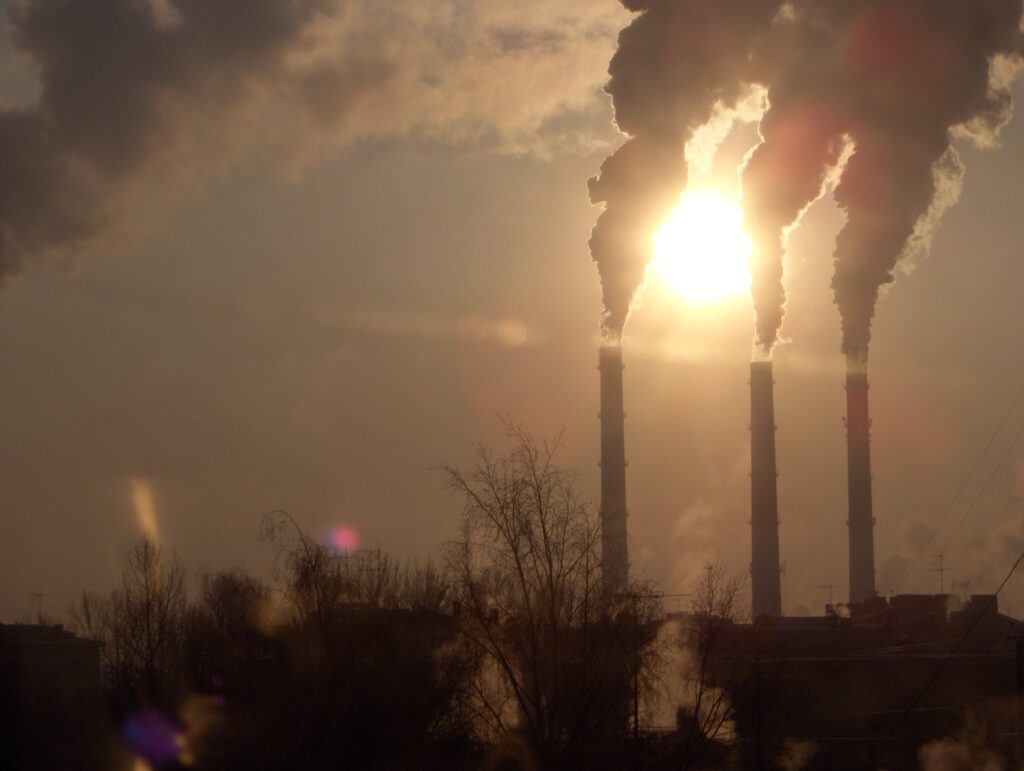
EPA: Make the air safer to breathe
“[D]angerous levels of particle pollution are on the rise,” warns the American Lung Association, which recently released its ‘State of the Air’ 2022 report. “Right now, the U.S. Environmental Protection Agency is considering strengthening the national limits on particle pollution. If they make the standards as strong as what the scientific research shows is needed to protect health, the whole country could see health benefits.”
Urge the EPA to set strong new limits to make the air safer to breathe.
Cause for concern…
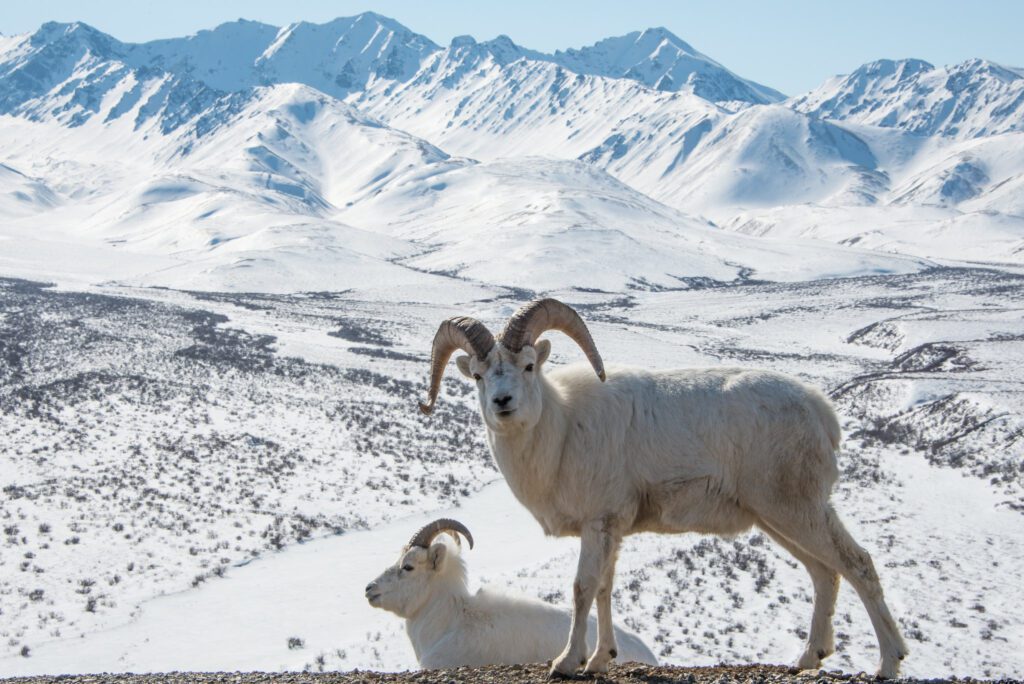
Biden lied when he said no more drilling on federal lands
In a televised Democratic presidential debate in March 2020, then-candidate Joe Biden pledged to end new federal oil and gas leasing. “Number one, no more subsidies for fossil fuel industry. No more drilling on federal lands. No more drilling, including offshore,” Biden said. “No ability for the oil industry to continue to drill, period, ends, number one.”
But on July 8, his administration issued a new environmental analysis that paves the way for a massive new oil drilling project in Alaska’s north slope, threatening this remote and pristine wilderness that is home to Dall sheep, caribou, musk ox, dozens of species of fish, more than 200 migratory bird species and more than 400 species of plants.
The plan, issued by the Bureau of Land Management, is “clearly inconsistent with the goals this administration has set to transition away from fossil fuels and avert the worst consequences of the climate crisis,” said Jeremy Lieb, an attorney with the environmental nonprofit Earthjustice who led litigation challenging an earlier version of the plan.
“This single project, which will release a staggering amount of climate pollution, threatens to send us dangerously off track by undercutting urgently needed measures to reduce greenhouse-gas emissions.”
Round of applause…
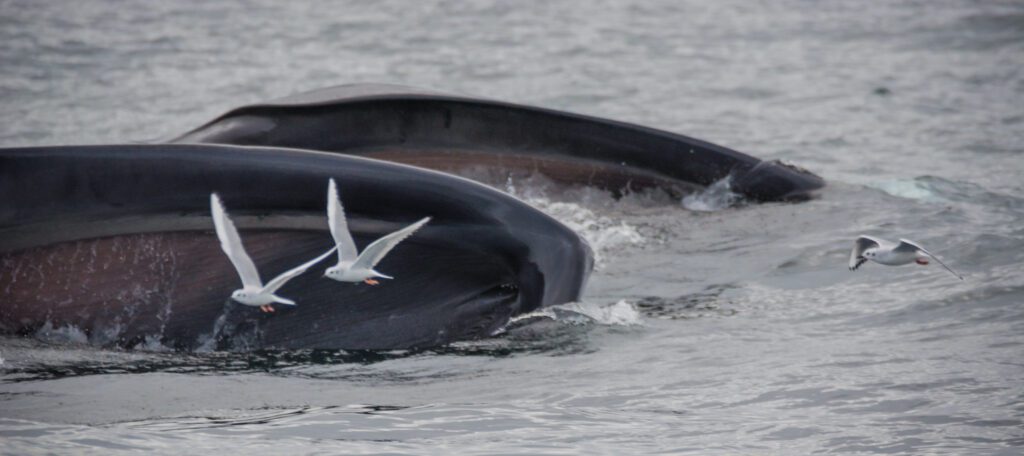
A whale feeding frenzy in Antarctica signals a conservation success
For most of the 20th century, fin whales, the Earth’s second largest animals, were hunted so intensely that an estimated 725,000 were killed in the Southern Ocean, bringing their population down to just 1 percent of its size before commercial whaling began in 1904.
But according to a new paper published in the journal Scientific Reports, after 40 years of a commercial whaling ban, there has been a resurgence in their numbers. The study’s lead author, Helena Herr, a marine mammal ecologist at the University of Hamburg, told the New York Times that the finding offers “a sign that if you enforce management and conservation, there are chances for species to recover.”
“It was one of the most spectacular observations I’ve had,” said Herr about witnessing a fin whale feeding frenzy involving some 150 individuals along the coast of Elephant Island, northeast of the Antarctic Peninsula. “The fin whales seemed to go crazy because of the food load they were confronted with. It was absolutely thrilling.”
ICYMI…
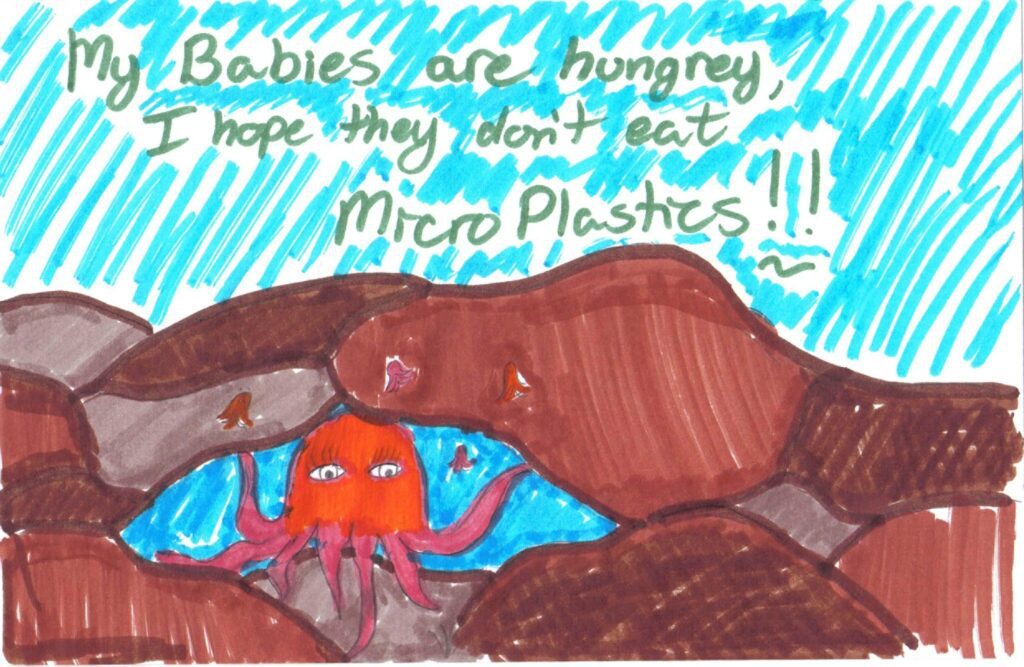
The global seafood supply is being contaminated by microplastics
According to a pair of recent scientific studies, microplastics and a class of toxic chemicals known as per- and polyfluoroalkyl substances (or PFAS) are becoming increasingly prevalent in the world’s oceans and have begun to contaminate the global seafood supply.
According to a July 2020 study published in the scholarly journal Environmental Science and Technology, PFAS—a family of potentially harmful chemicals used in a range of products, including carpets, furniture, clothing, food packaging, and nonstick coatings—have now been found in the Arctic Ocean. This discovery worries scientists because it means that PFAS can reach any body of water in the world and that such chemicals are likely present in water supplies across the globe.
Meanwhile, researchers at the QUEX Institute, a partnership between the University of Exeter in the United Kingdom and the University of Queensland in Australia, have found microplastics in crabs, oysters, prawns, squid, and sardines sold as seafood in Australian markets, findings that were also first published in Environmental Science and Technology. As Robby Berman reported for Medical News Today in August 2020, the second study’s findings suggest that microplastics—small pieces of plastic “less than 5 millimeters in length, which is about the size of a sesame seed”—that are a consequence of plastic pollution have “invaded the food chain to a greater extent than previously documented.”
—EFL contributors Andy Lee Roth and Mickey Huff, “The Global Seafood Supply Is Being Contaminated by Microplastics, but Major News Outlets Are Silent” (CounterCurrents, January 3, 2022)
Parting thought…
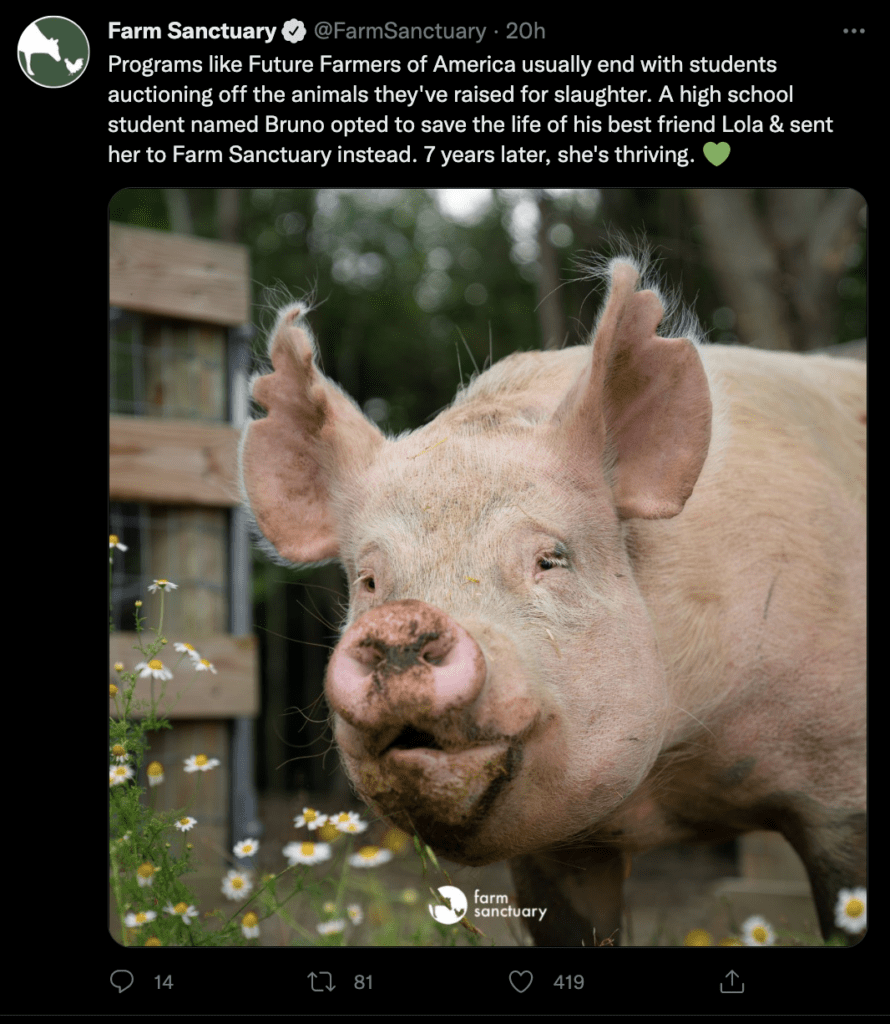
“The time will come when men such as I will look upon the murder of animals as they now look upon the murder of men.” —Leonardo da Vinci
Earth | Food | Life (EFL) explores the critical and often interconnected issues facing the climate/environment, food/agriculture and nature/animal rights, and champions action; specifically, how responsible citizens, voters and consumers can help put society on an ethical path of sustainability that respects the rights of all species who call this planet home. EFL emphasizes the idea that everything is connected, so every decision matters.
Click here to support the work of EFL and the Independent Media Institute.
Questions, comments, suggestions, submissions? Contact EFL editor Reynard Loki at [email protected]. Follow EFL on Twitter @EarthFoodLife.
